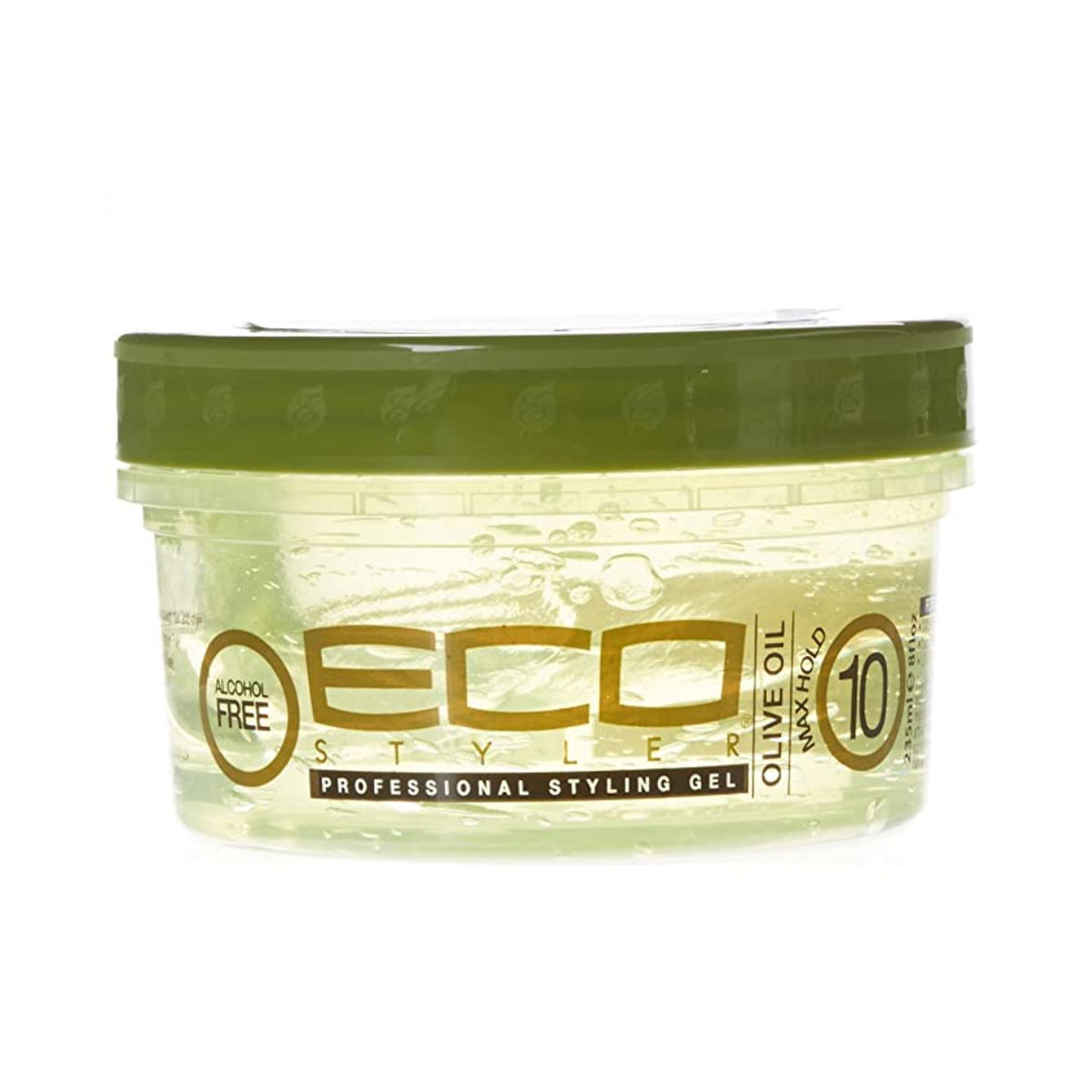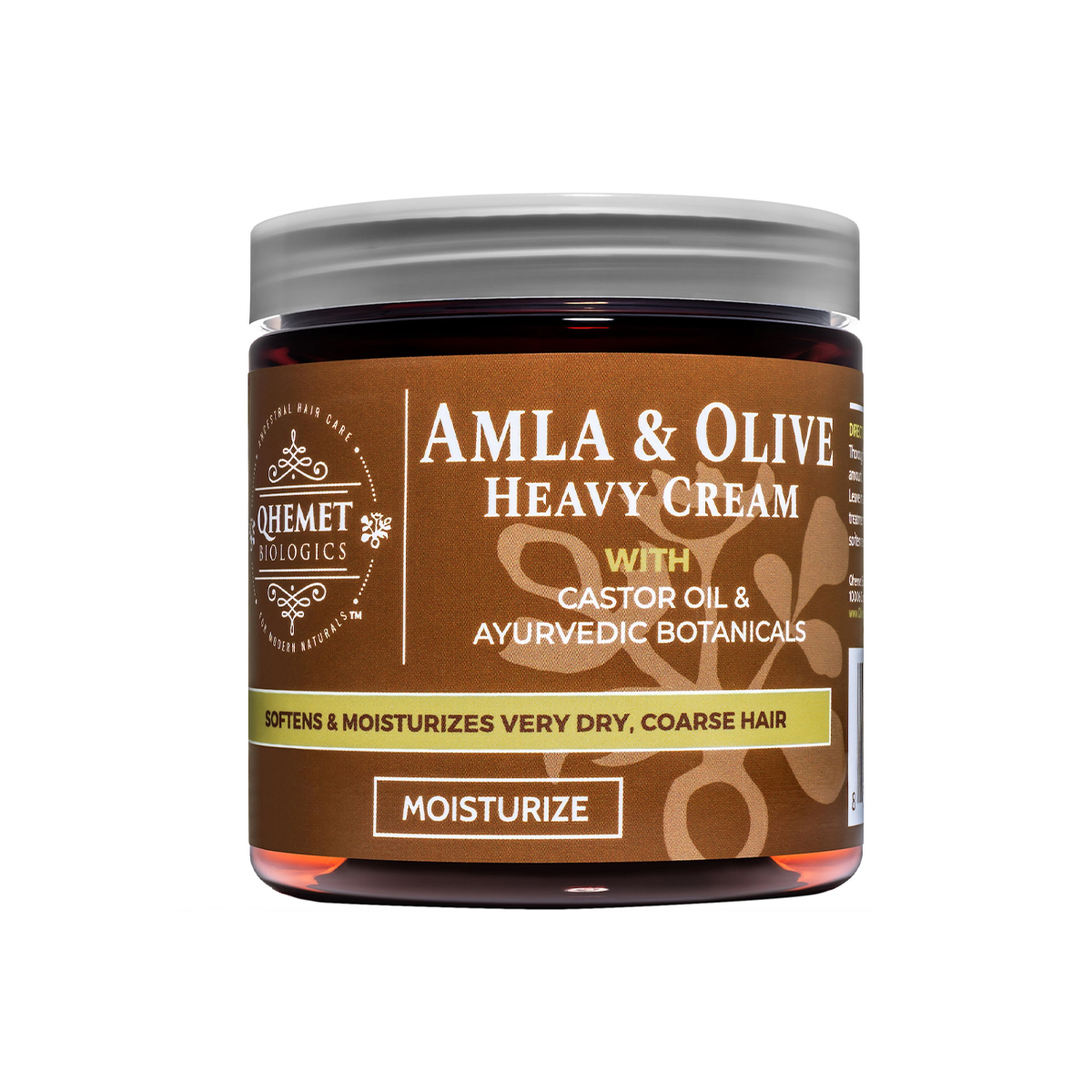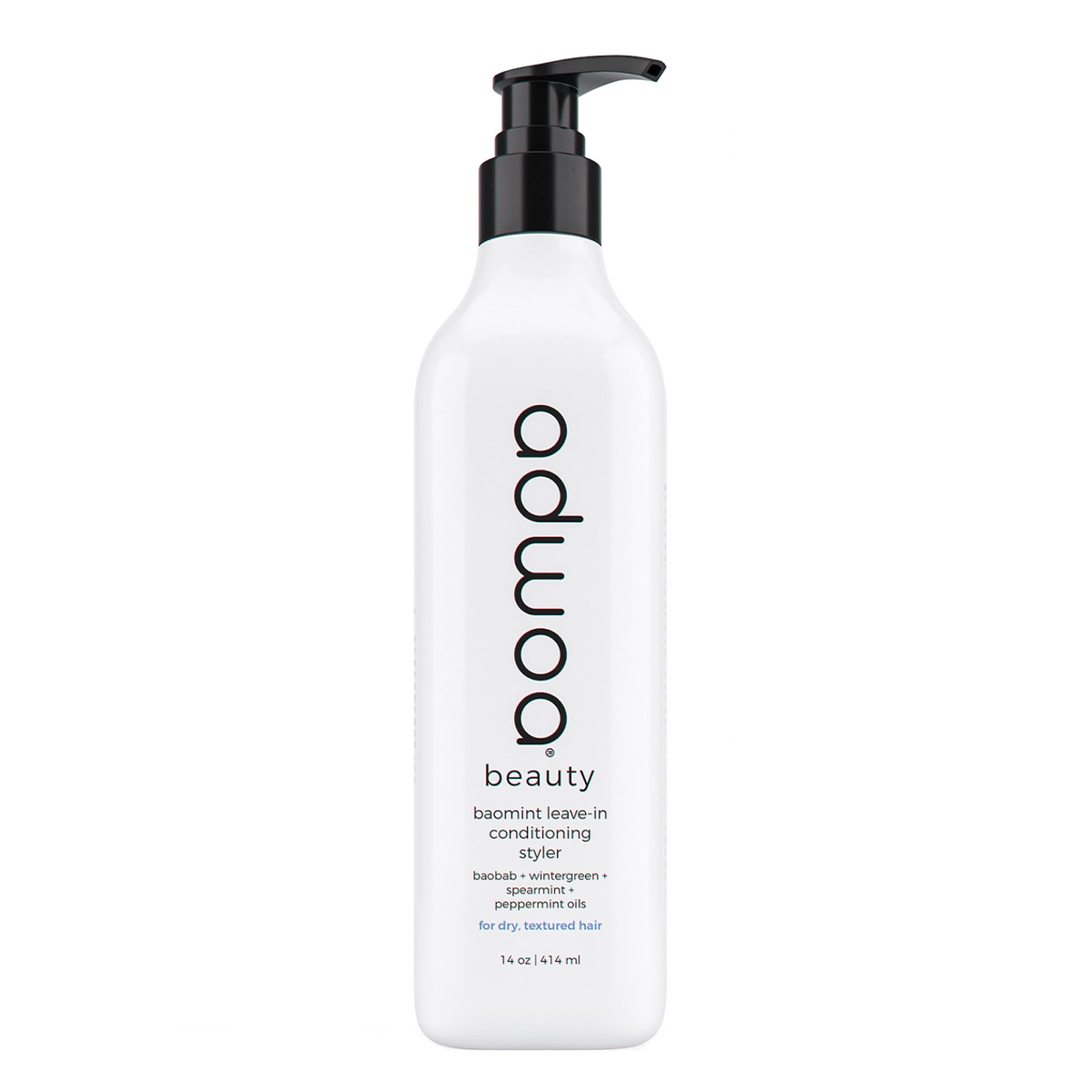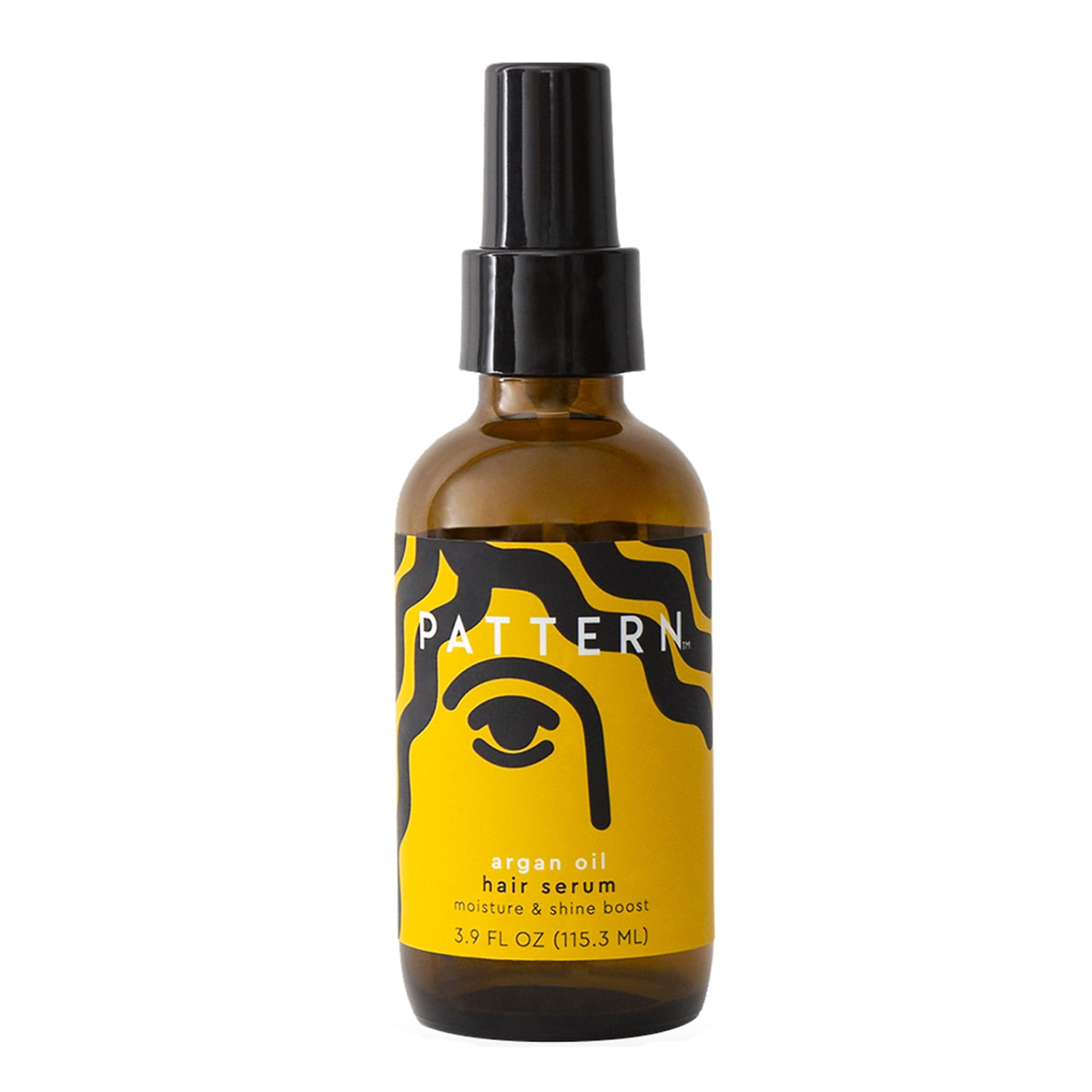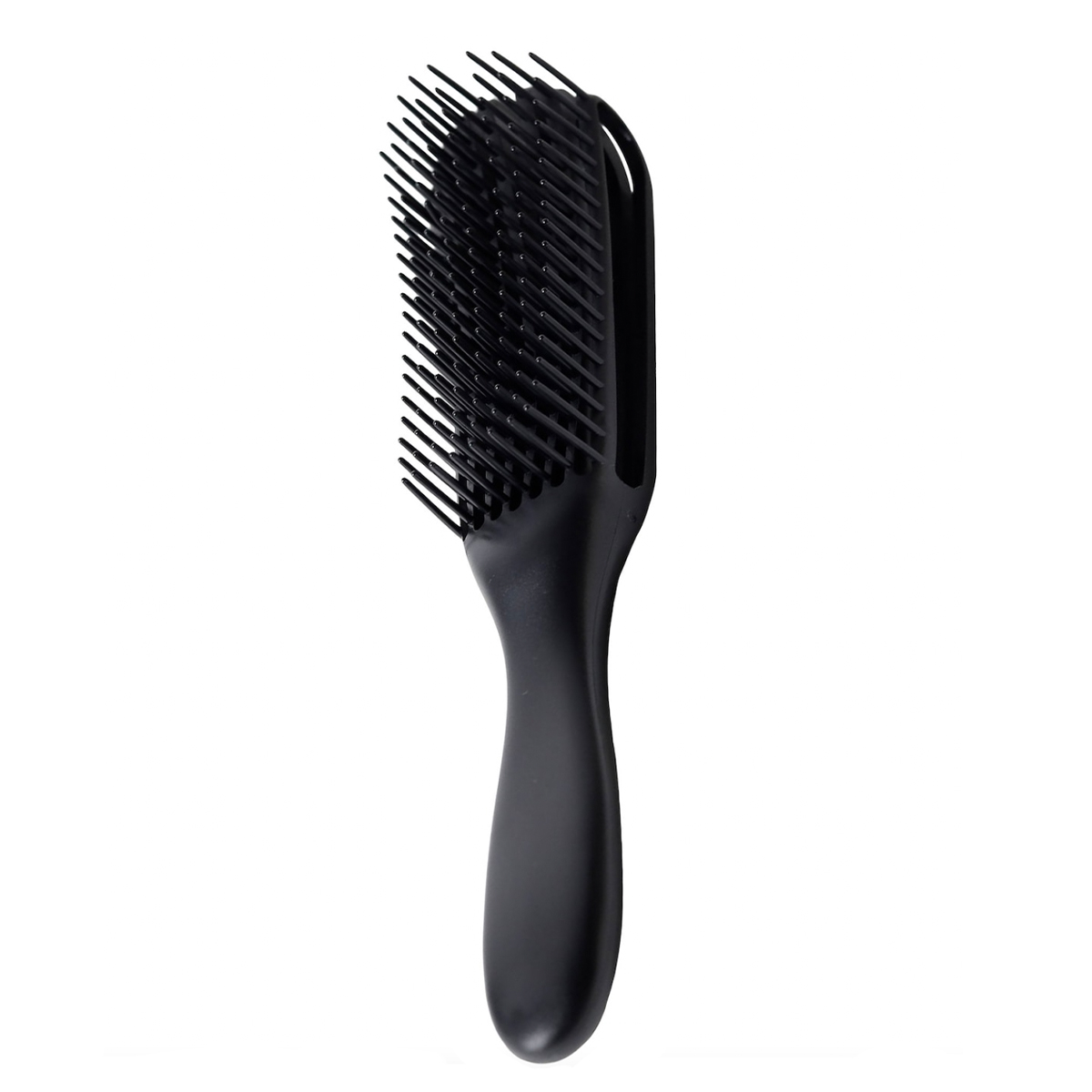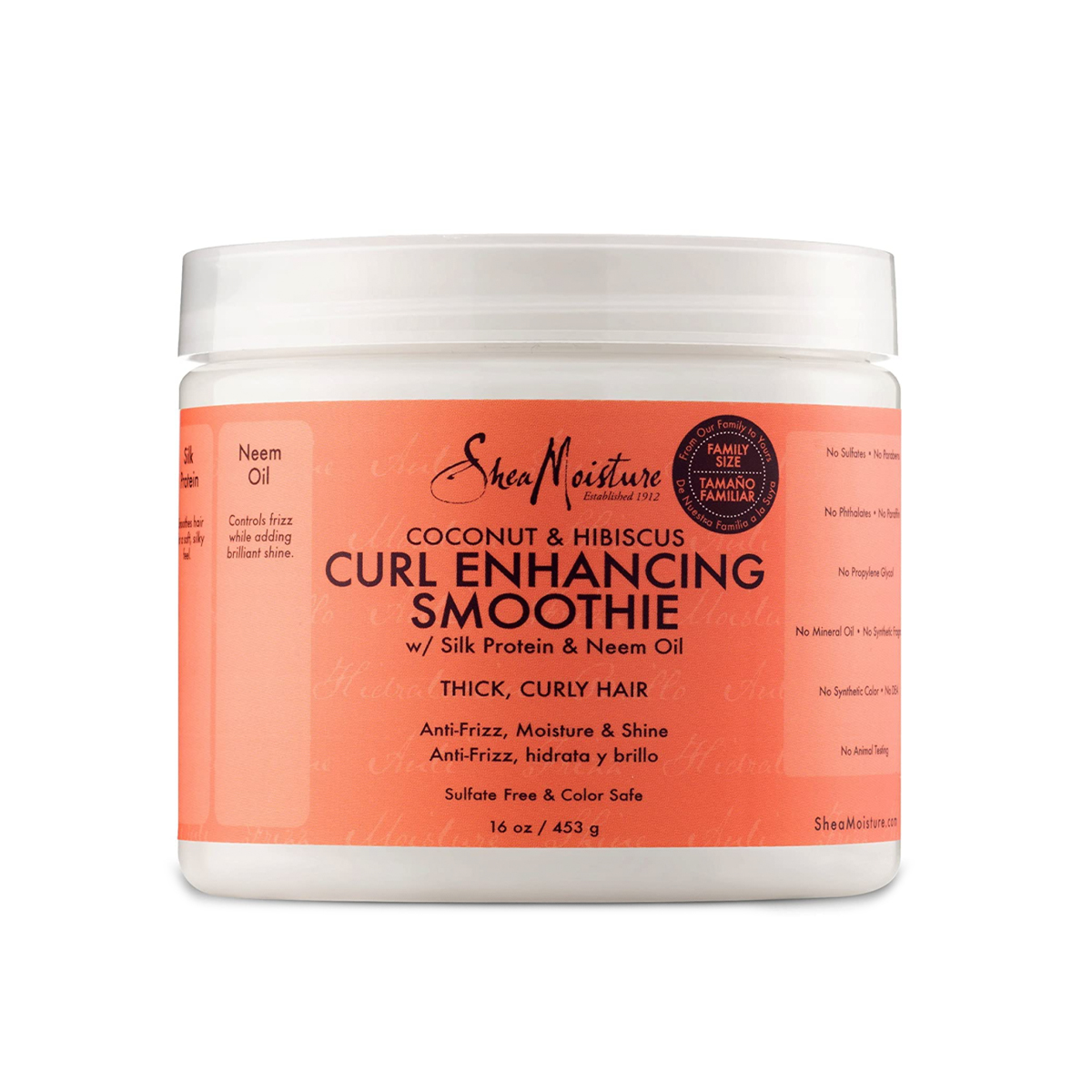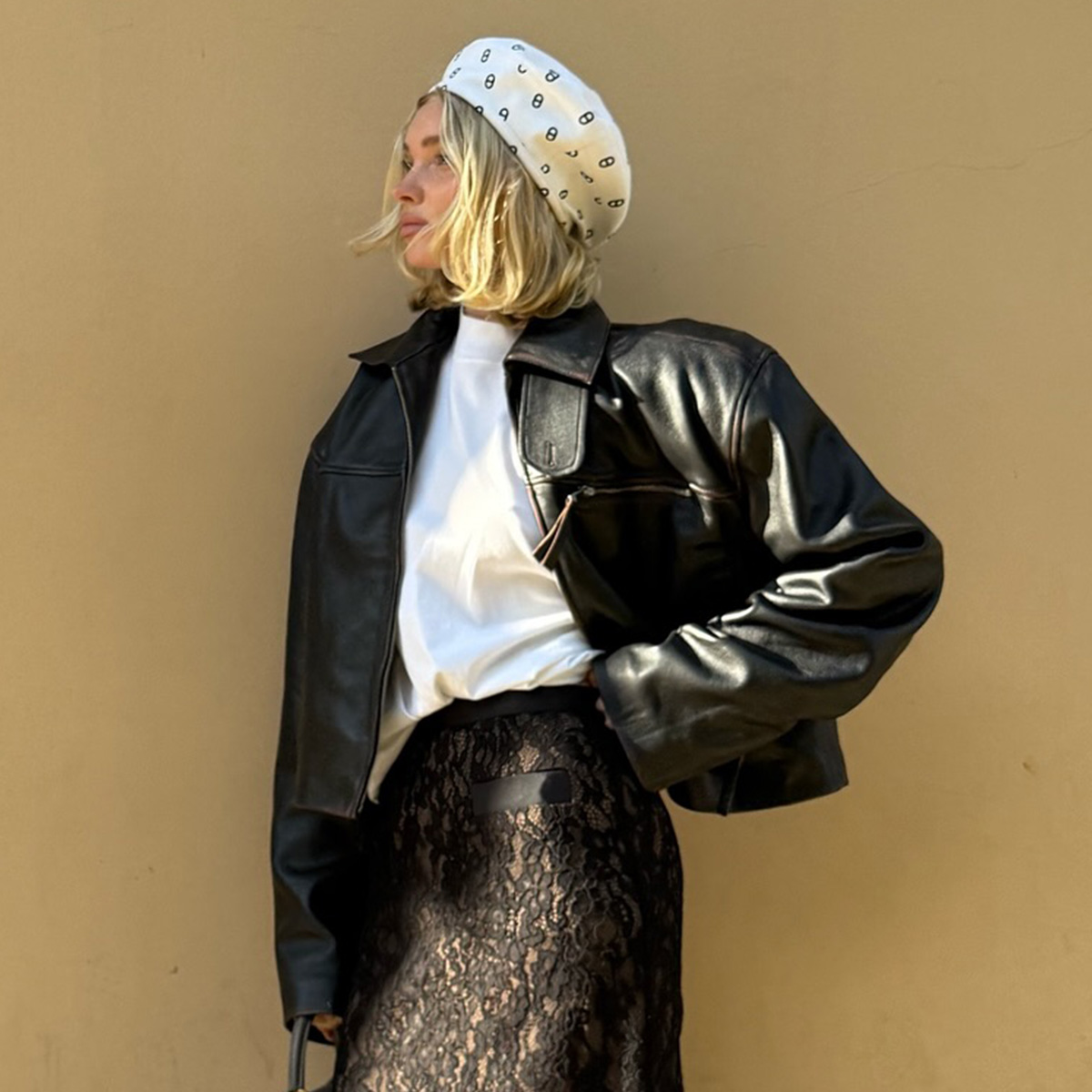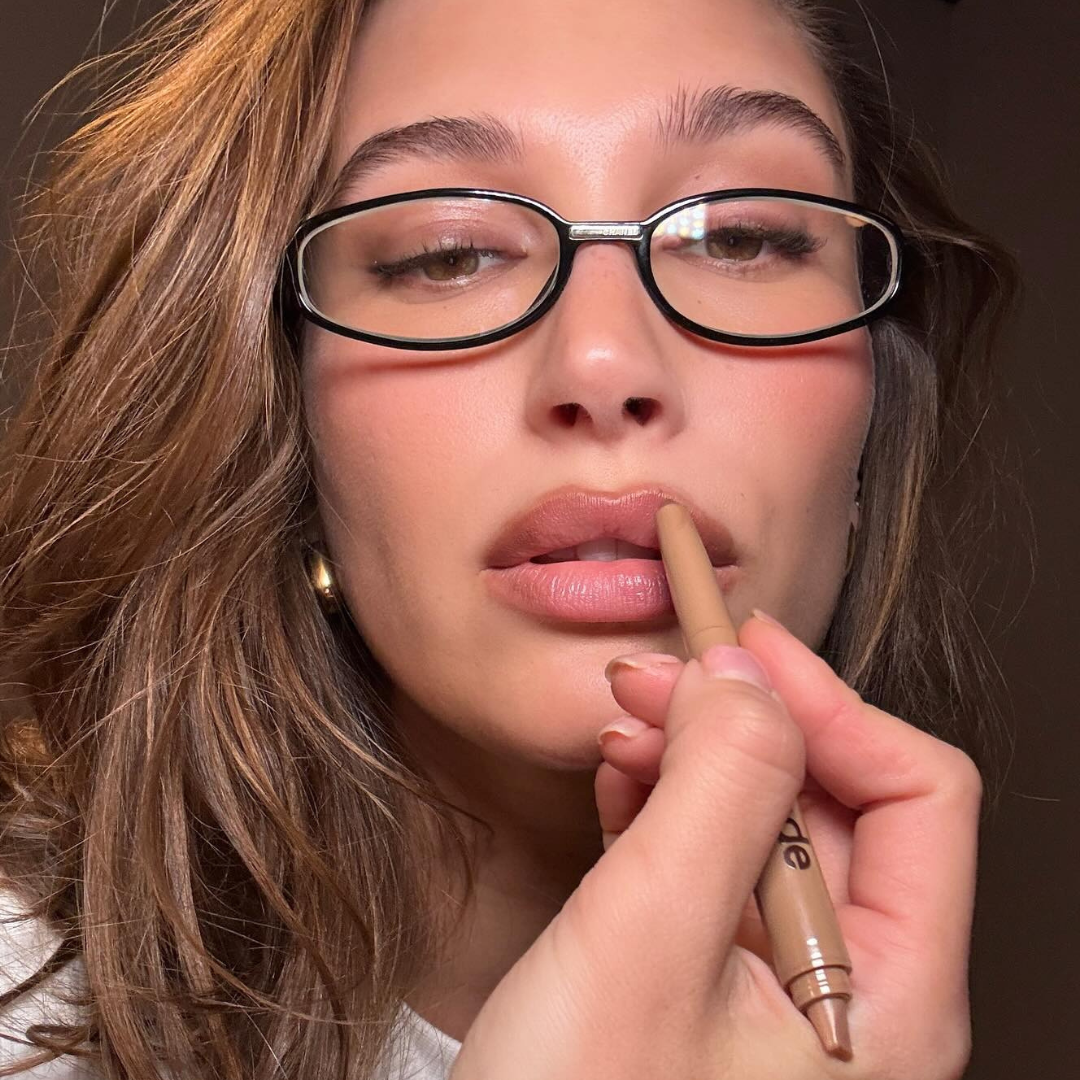2 Oscar-Nominated Hairstylists Share 10 Natural Hair Staples They Always Use
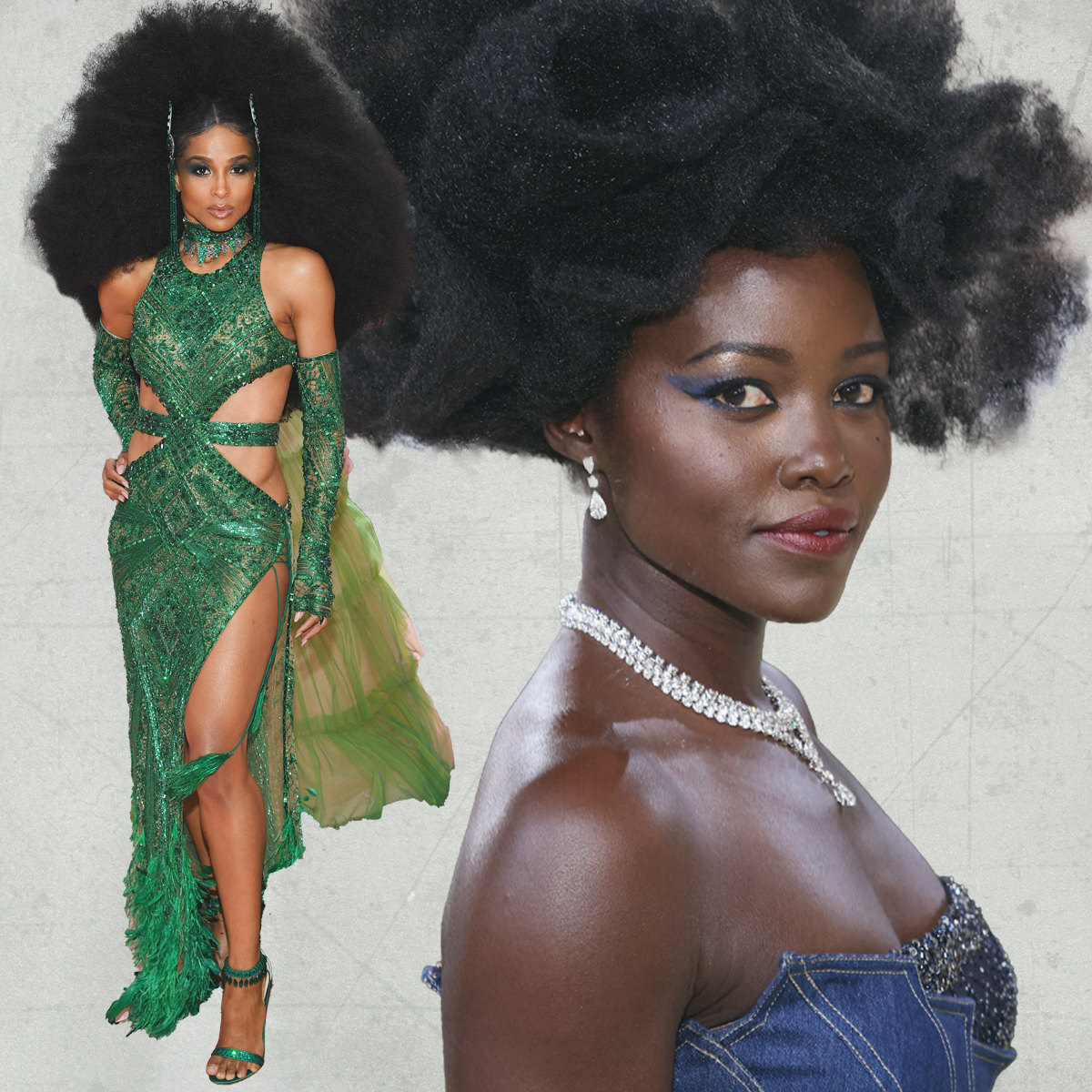
There's something incredibly empowering about watching a film that deeply celebrates Black culture. Although there's still much work to be done in terms of representation in the film and television industry, we truly seem to be making strides in the right direction. I also wouldn't be a beauty editor if I didn't appreciate the hair, makeup, and wardrobe used in these stories as a device to amplify the tale even further. I always believe these elements add a deeper layer to the narrative and more subtle depth to the characters.
This is especially true of the beloved Amazon Prime original film Coming 2 America (the follow-up to Coming to America). Although the original 1988 film has always been a fun watch, I have to say that the second is truly a sight to behold. My attention was immediately caught by the stunning hair creations displayed throughout the film. I'd never seen such a glorious portrayal of natural hair in a film before and it felt both incredibly satisfying and refreshing. Of course, being the beauty lover that I am, I had to know who was behind this stunning body of work.
It was none other than the incredible Carla Farmer and Stacey Morris—two Black hairstylists I believe are changing the industry for the better. Not only has their work on this film garnered them an Oscar nomination, but they're also the hair masters behind other wildly popular projects like Black-ish, The Fresh Prince of Bel-Air (Morris), and King Richard (Farmer). This feels especially important at a time when we're celebrating Black History Month. Black creatives should always be commended, but the timing of this nomination truly couldn't have been better. I had the chance to speak to the two about the nomination, their sources of inspiration, changing the portrayal of Black hair in Hollywood, and the products they can't live without onset. Read on for all their wonderful insight.
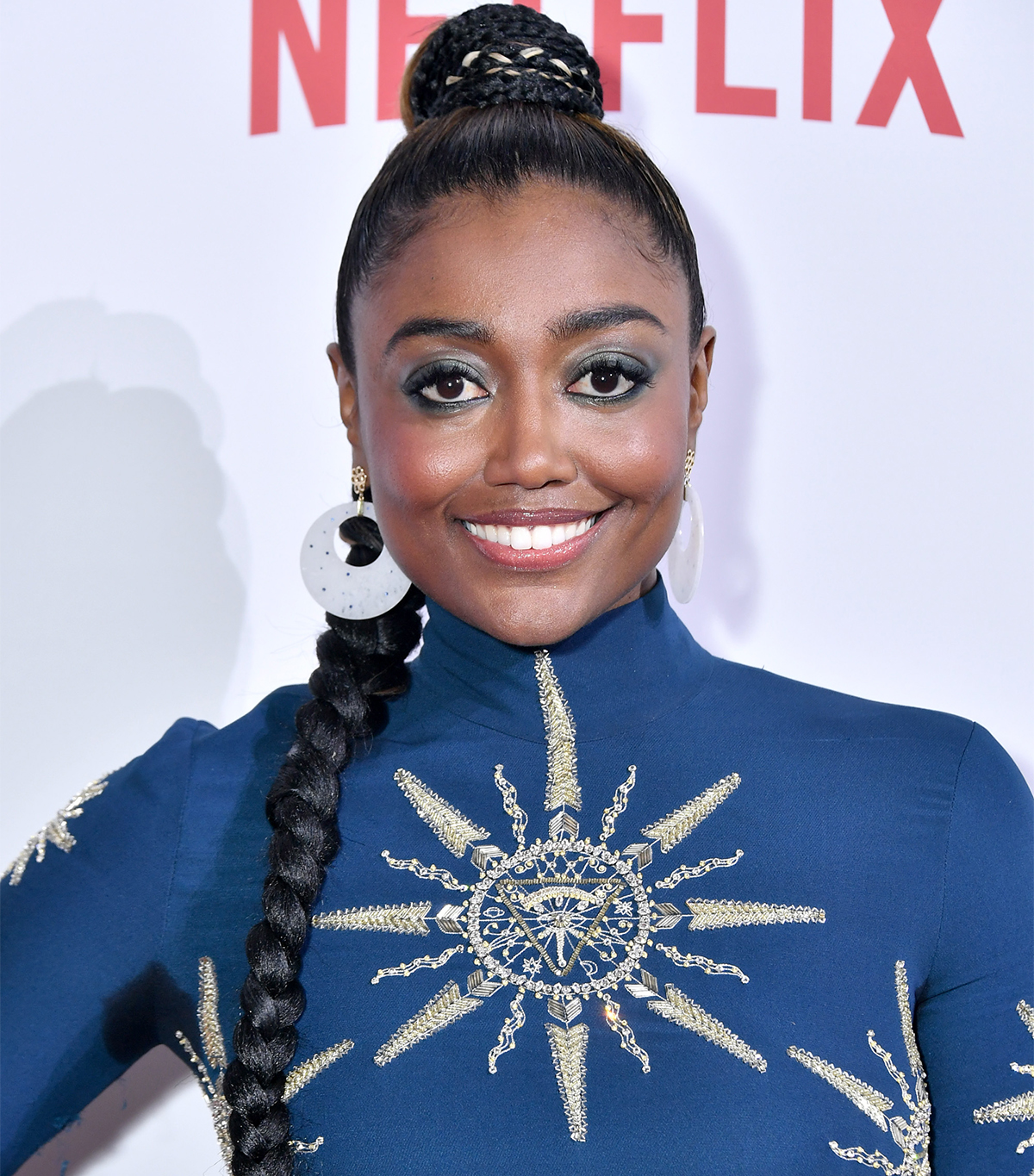
"It is important to see images of ourselves on screen that we can associate with," says Morris. "Normalizing this imagery is important. It is more than just character identity. It empowers us and forces acceptance of our natural-hair textures. For many years our hair looks on screen have assimilated a Western and European ideal of what beauty should look like. Now, we are able to exemplify our own diverse and versatile beauty, wearing our natural textures like a badge of honor."
"We are boldly creating new and evident beauty standards, changing societal stereotypes, and impacting how we view ourselves. What we do as screen stylists is a component to a domino effect that imparts change on hair discrimination issues and so much more. I would like to see this continue. It is not our differences that divide us. It is our inability to recognize, accept, acknowledge, and celebrate those differences and find things in common to connect with each other. I think as people, we all want to feel beautiful, proud, confident, expressive, and unapologetic in our natural form—no matter your race, and that is what shapes diversity." Farmer wholeheartedly agrees and chimes in with, "We don’t all subscribe to a European hairstyle 100% of the time. We have many different ways we like to express ourselves through our hair. I believe we will continue to see natural hairstyles and they will become more and more intricate and evolve—just like our music."
The Inspiration Behind Coming 2 America's Hairstyles
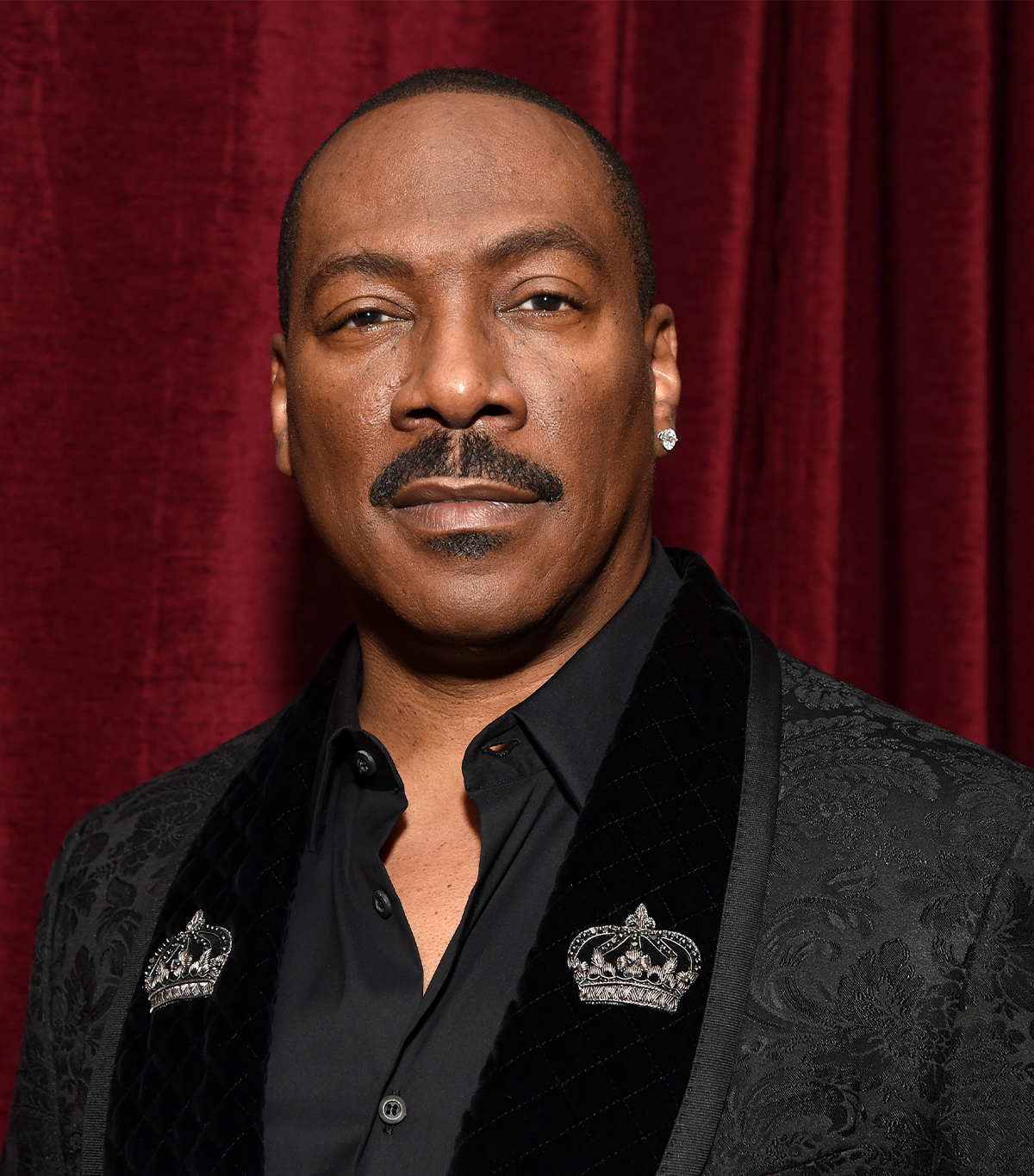
This philosophy served as the base and jumping-off point when designing the styles seen in Coming 2 America. And just in case you forgot, the duo was just nominated for an Oscar for this stellar body of work—something they don't take lightly. "It's pretty exciting," shares Morris. "Everything is going 100 miles per hour for me right now. It's like dreaming awake. I'm just trying to really marinate in the moment." Farmer also states that she's feeling blessed, honored, and grateful for the honor. The hair department heads also admit that it wasn't always a cakewalk.
"It was quite an undertaking," says Morris. "We made a pledge to reawaken awareness of our indigenous Afro-centricity through these visualizations. Carla and I collaborated with each other, Craig Brewer, the makeup department heads, and Ruth Carter who did wardrobe. Together, Carla and I conceptualized modern-day and classic Afro-progressive looks during countless weeks of ideation, research, and preparation. We drew inspiration from many places to impart a distinguishing visual understanding of unique identities amongst all the characters both socially and geographically. At times, the hair worn also symbolized and portrayed status, culture, pride, background, wealth, and versatility. It was very diverse—just like in real life. The goal was to present looks never seen collectively on screen in one film, to embrace and celebrate the culture, and emblematize our natural hair textures."
Farmer dug even deeper into various aspects of Black culture. "I admired the freedom of the images I saw on Afro-punk sites. The creativity and expressionism is valuable. To see a subculture with so much richness and uniqueness is rarely seen. I wanted to incorporate this into the younger generation of Zamunda [in the film]. The older generation was based on the original movie, more European influences, and more elevated textures and accessories than the people of Nexdoria, who were based on an urban sensibility."
How They're Celebrating Black History Month
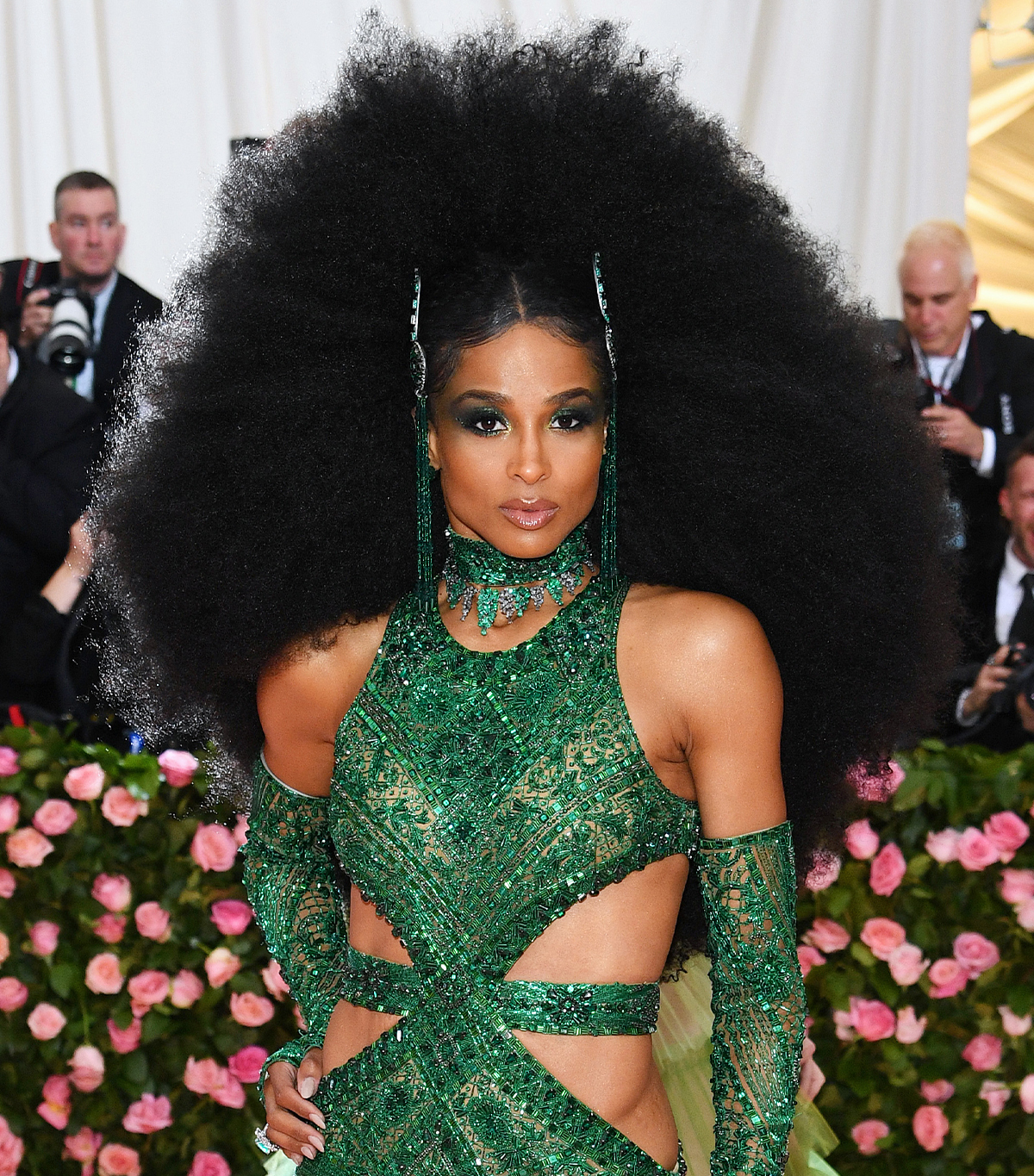
It's also massively thrilling to hear that the duo believes we've taken huge steps forward when it comes to portraying natural Black hair in film and television. "We have most definitely made traction—just take a look at popular shows like Black-ish, Insecure, Dear White People, and many other culturally based films. As well as the movements for inclusivity and diversity on productions being implemented by the Academy. The hair and makeup unions are being an entity as well, stepping up for those being discriminated against in the workplace on sets. Yes, there is progress and it continues," Morris states.
Nominations, awards, or other forms of recognition move the dial in such a positive way. "Every milestone we make is important," adds Farmer. "There have been Black creatives behind the scene since the beginning of film-making, and each generation makes a mark and a dent. At one time, makeup and hairstylists who were women were not working in the film industry. Now, there's an abundance of us."
When asked how the two are celebrating such a key moment in each of their careers and Black History Month as a whole, the answer was simple. Morris says, "I am literally celebrating myself, the history that I'm laying out for those that will come long after me, and the standard I am setting forth. I am also embracing those that came before me whose blood runs through my veins and giving thanks for their history and its part in defining my purpose."
Farmer stays true to herself and knows that Black history should be honored year-round. "I celebrate Black history every day! I hire Black, I post Black, I love and support Black businesses, people, and things!" If you're also curious about the products the pair is always using on their projects, keep scrolling below.
The Hairstyling Products They Can't Live Without on Set
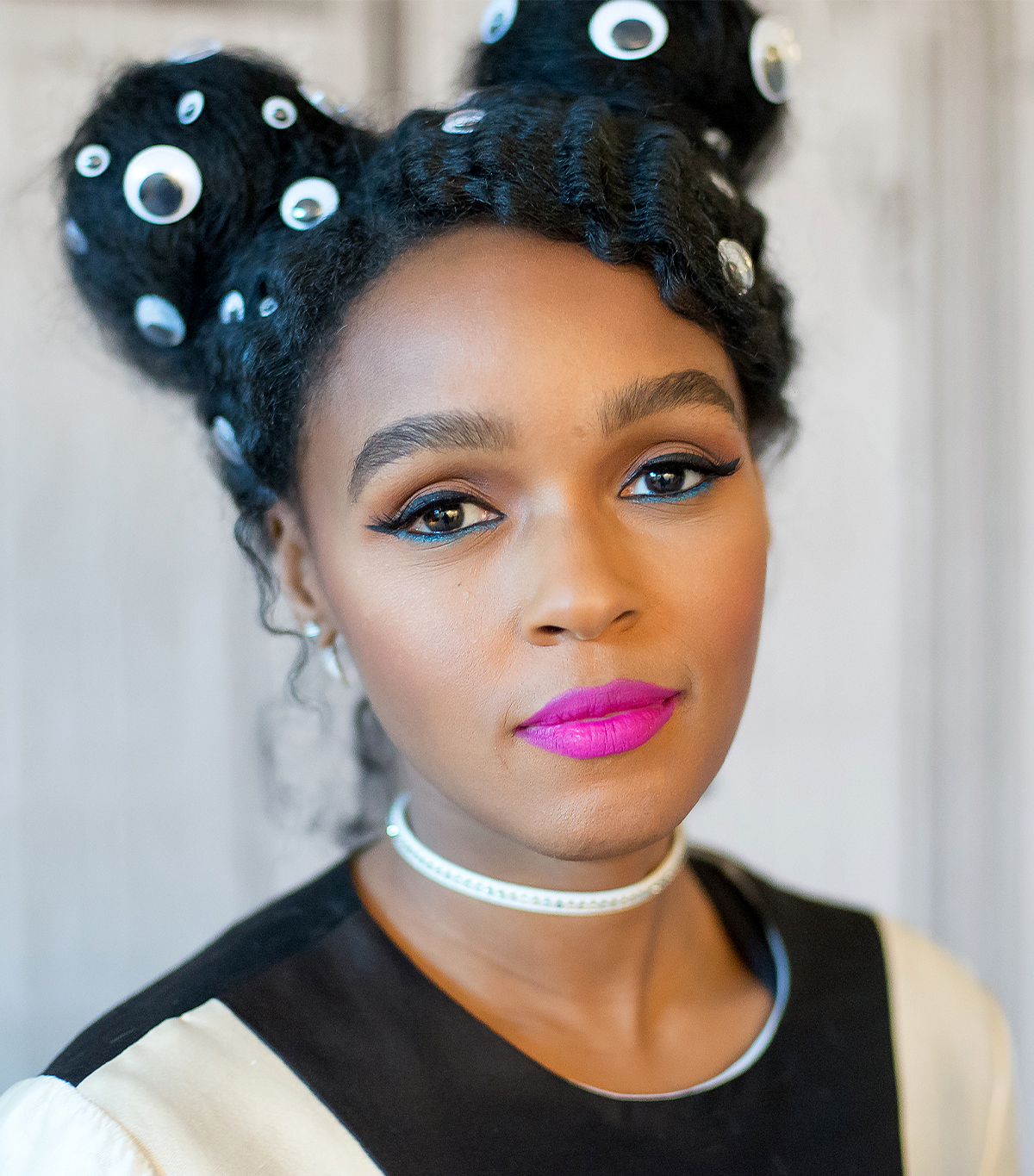
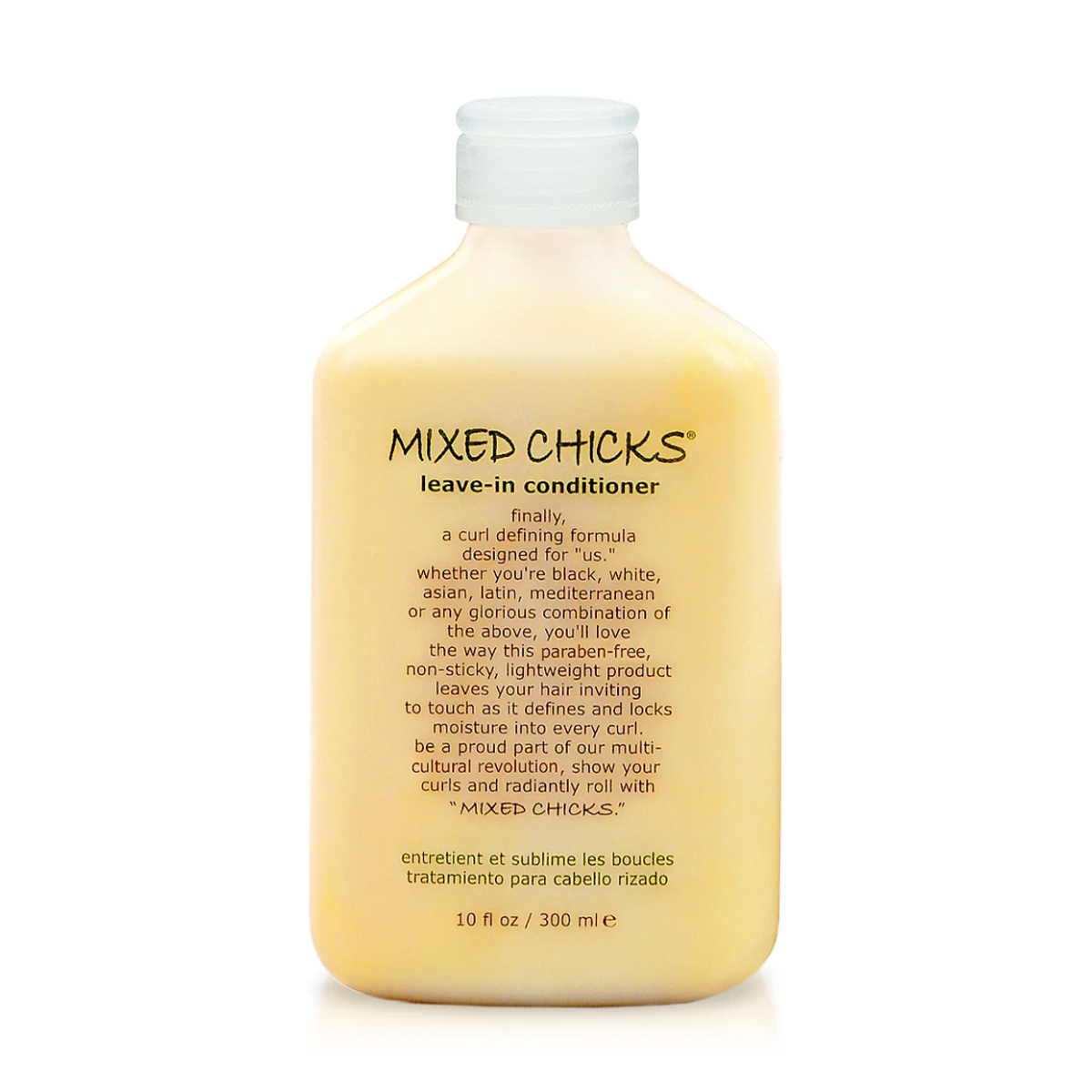
Farmer loves this leave-in that's lightweight, defines curls, and smooths frizz like no other.
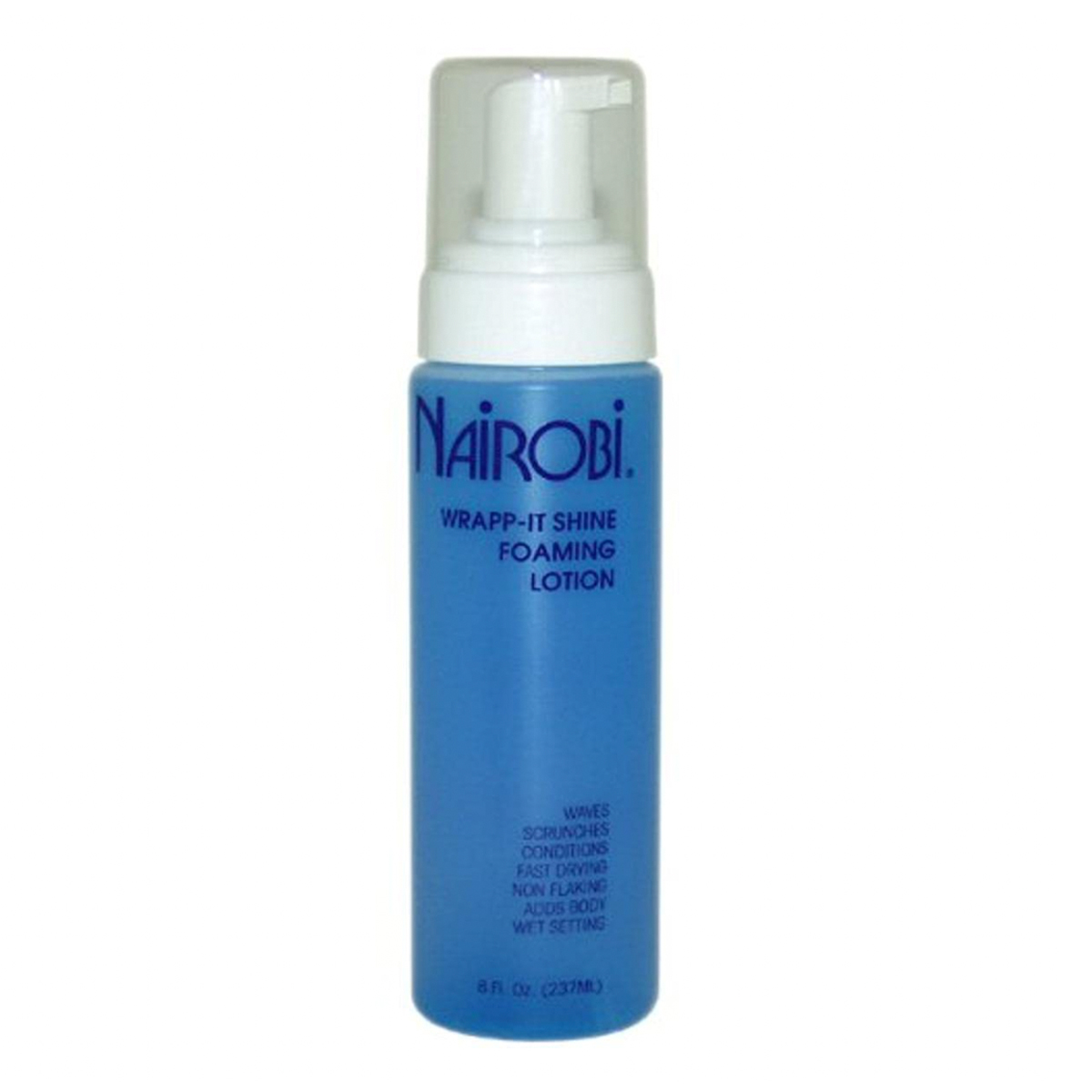
The pair loves this super lightweight foaming lotion because it adds body and makes hair feel ten times softer.
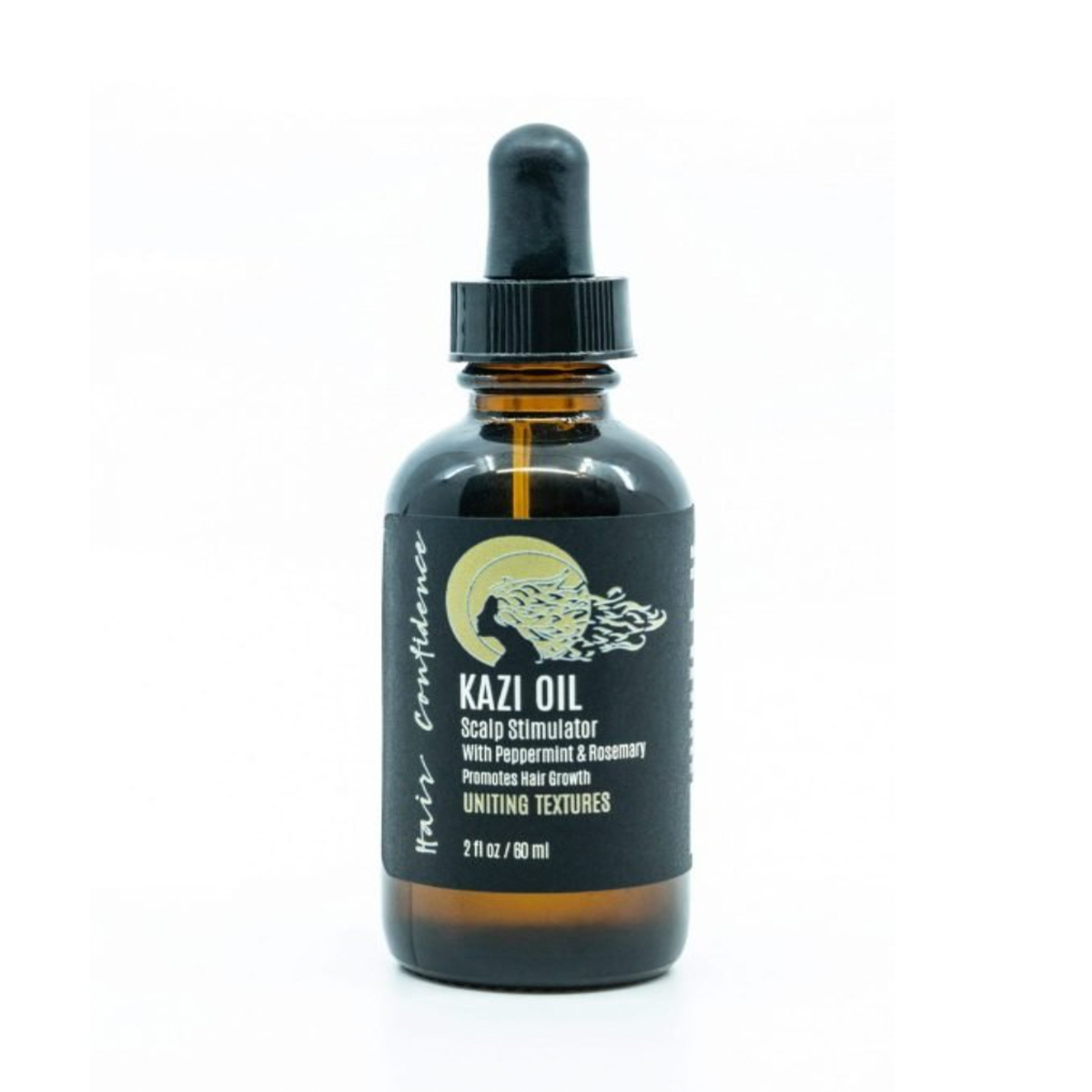
Hair Confidence's Kazi Oil is a scalp stimulator with peppermint and rosemary that helps stimulate growth. They both also love using it for on-set styling.
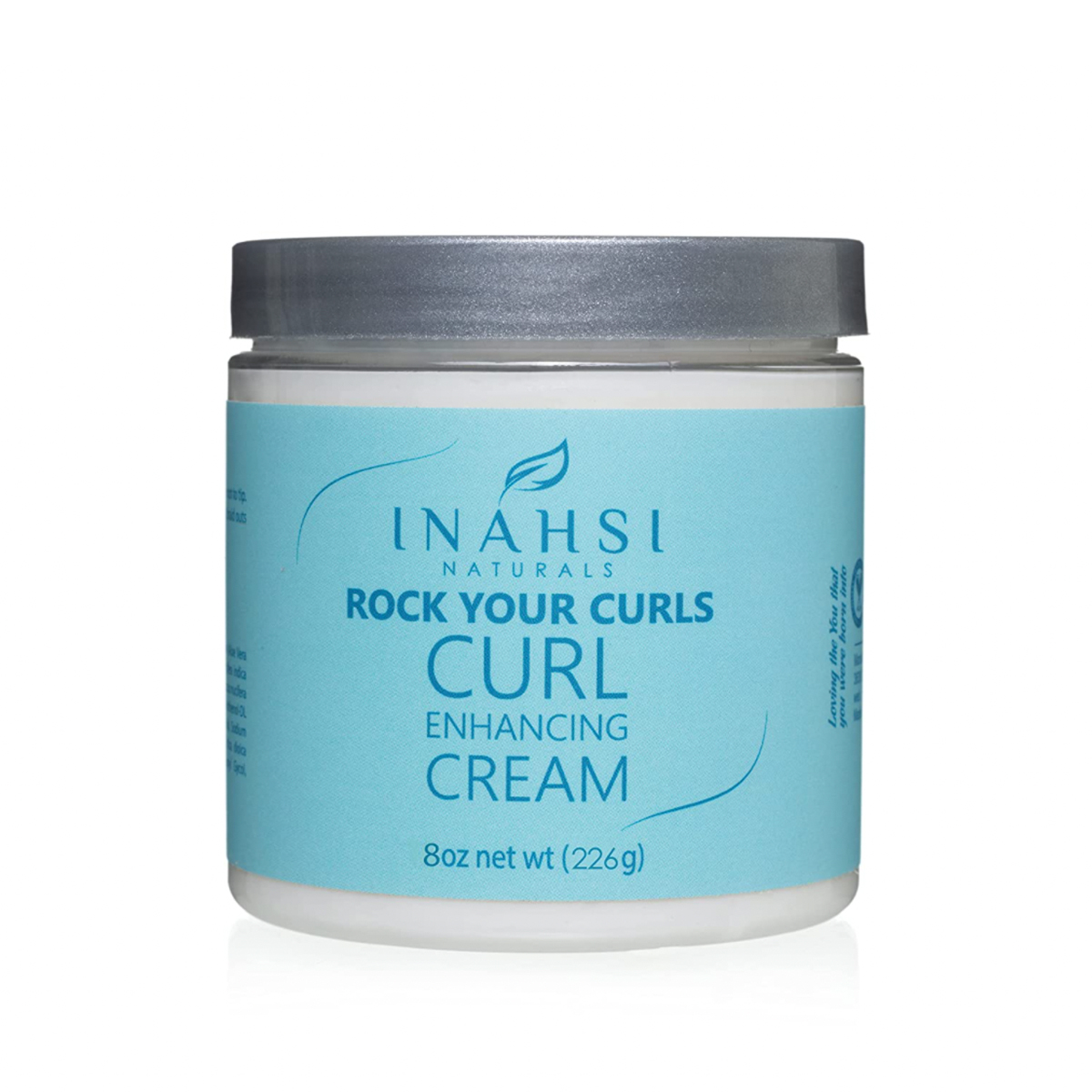
Farmer adores Inahsi products because they're formulated with natural Black hair in mind. Rock Your Curls is a great product to reach for whether you have loose curls, tight coils, transitioning to your natural texture, or wearing a protective style. It gives the hair a soft, medium hold that adds bounce and reduces flyaways.
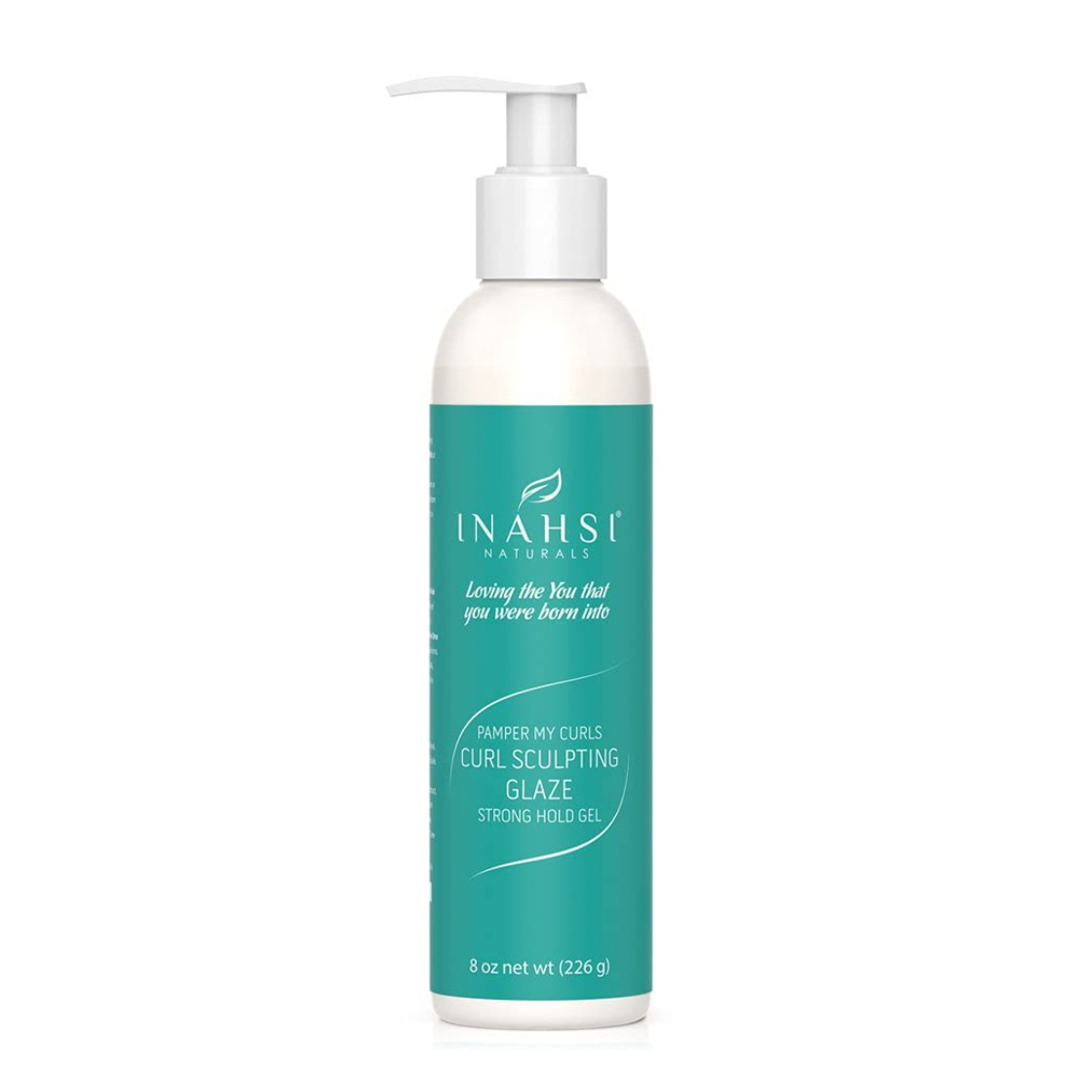
This is another great curl definer from Inahsi that provides definition and a bit of a stronger hold.

If Farmer or Morris will be styling hair in a European style, they'll usually reach for Kenra Professional products. A good heat protectant is always key when flat ironing and this one provides high hold, extra shine, and is humidity-resistant.
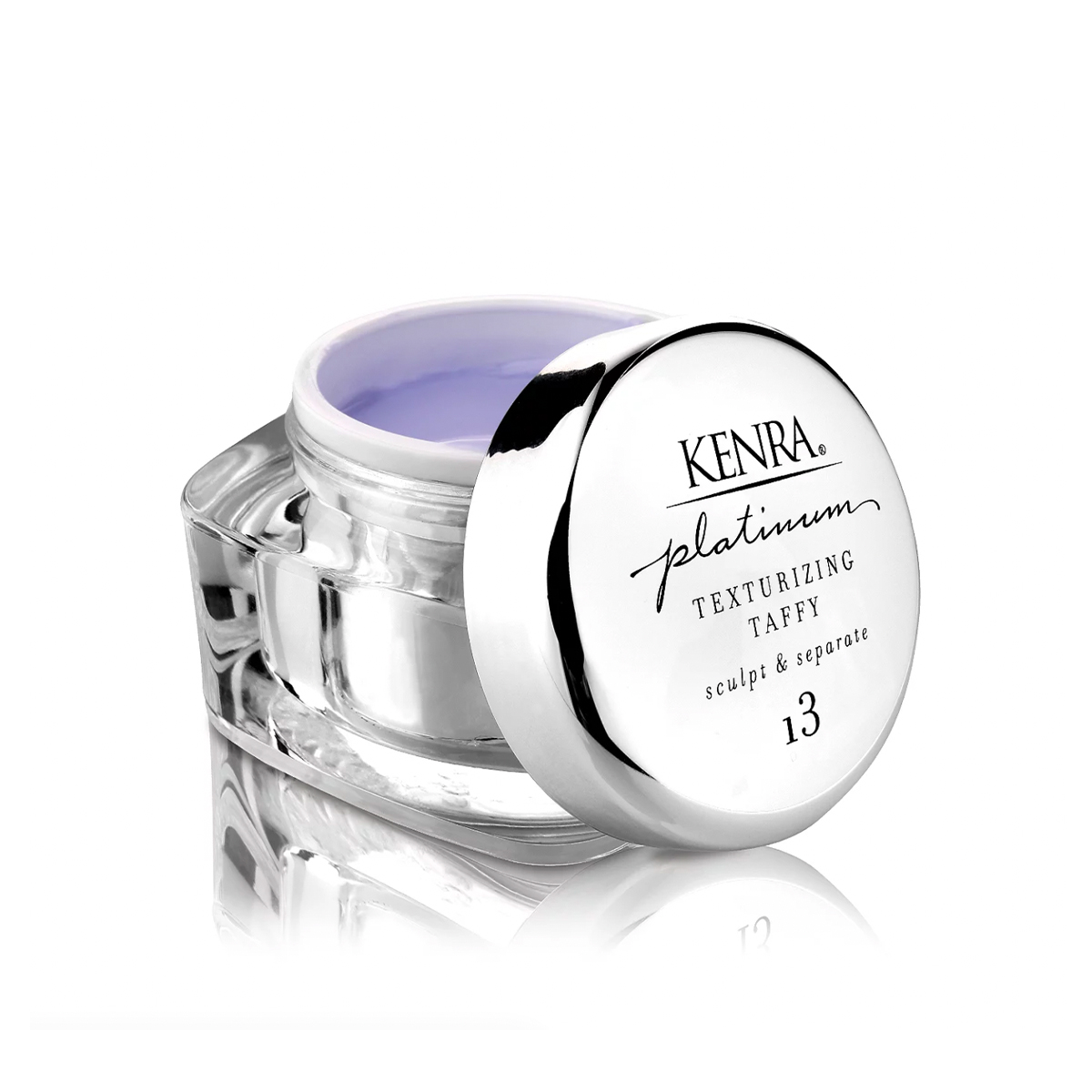
Kenra's Platinum Texturizing Taffy gives any style a flexible hold without any crunchiness. It sculpts, defines, and smoothes all in one.
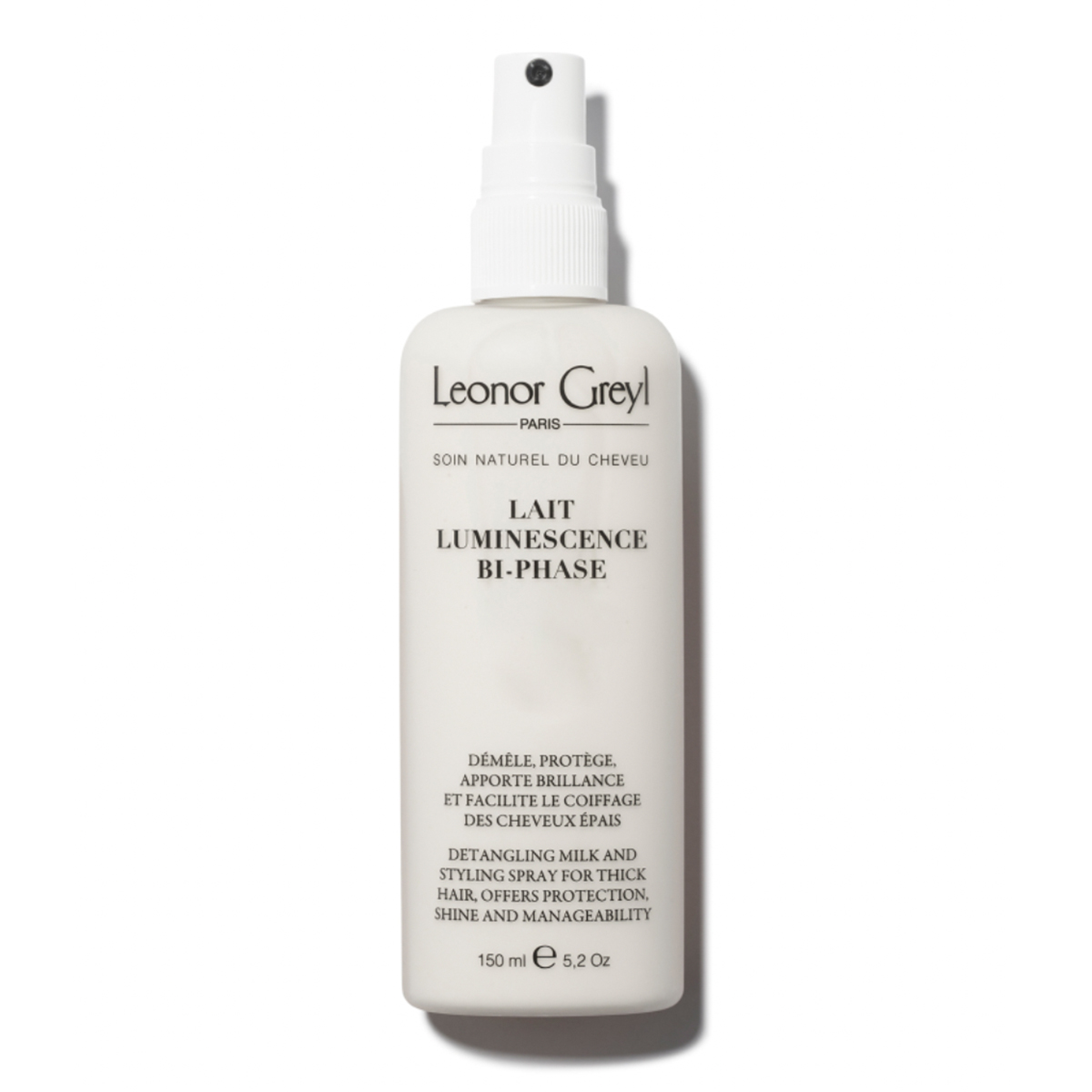
It's also great to know the duo is a fan of luxe hair care brand Leonor Greyl. This detangling milk and styling spray is great to have on hand if you have thicker strands.
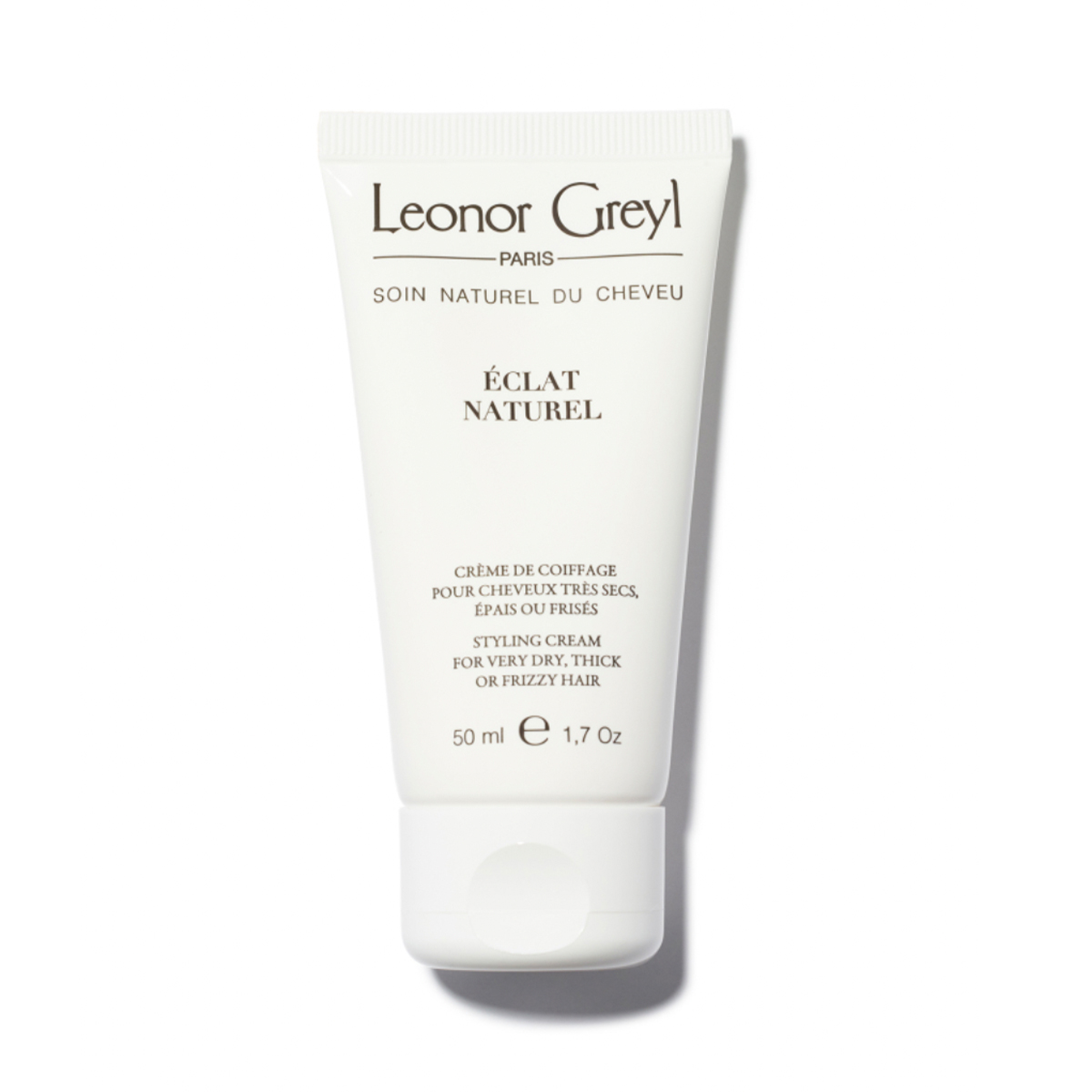
This nourishing cream adds rich moisture to the hair with jojoba oil and shea butter. A small amount also works great as a blowout cream for heat styling.
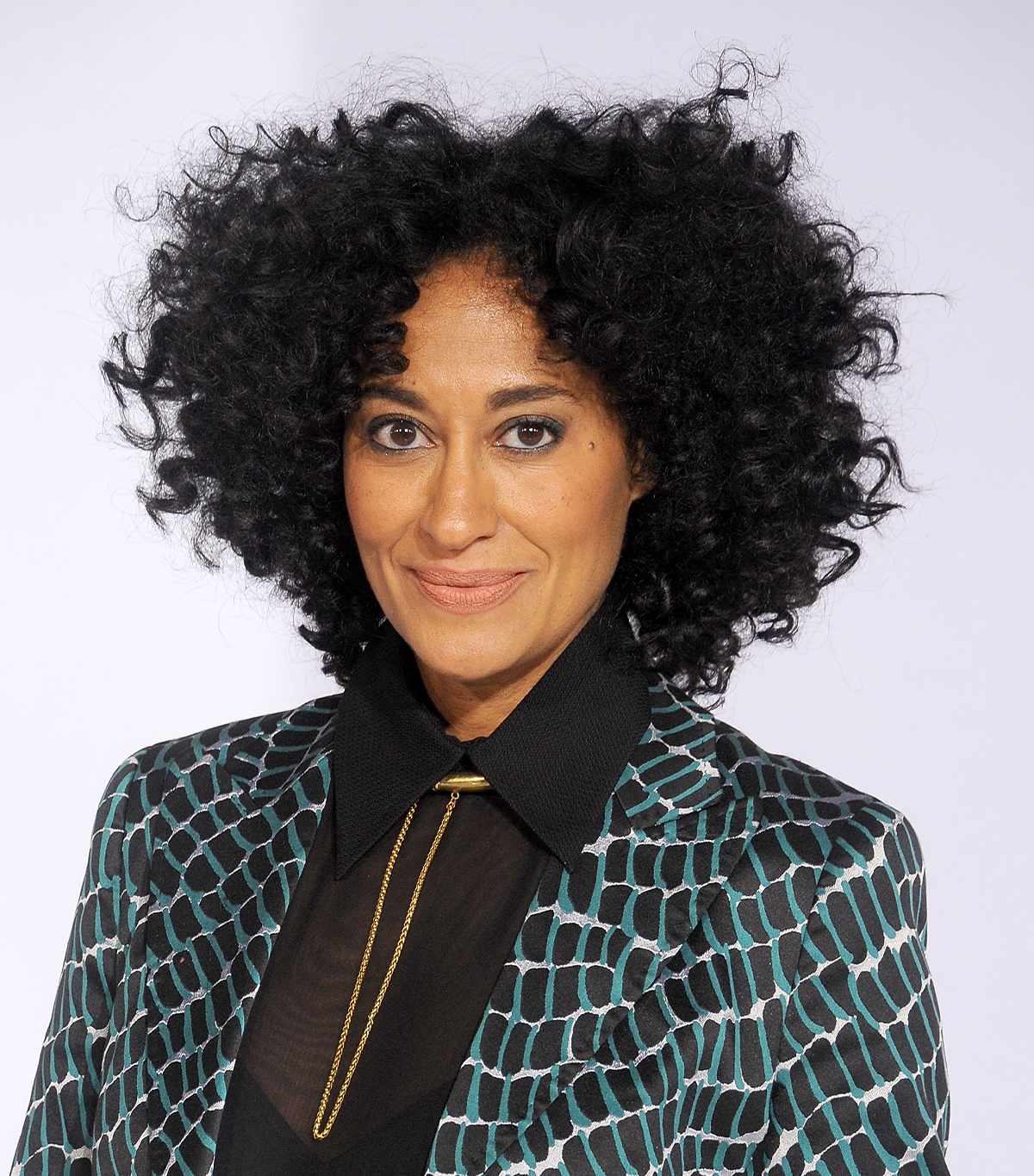
More Natural Hair Styling Products We Love
Up Next: 6 of the Coolest Black Artists in the Industry Share Their Best Beauty Tips
Shawna Hudson is a beauty, wellness, lifestyle, and travel writer with over 10 years of experience. She graduated from California State University, Fullerton, with a degree in journalism and has written for other publications such as Bustle, The Zoe Report, Byrdie, Elite Daily, and more. She is currently a beauty writer at Who What Wear and hopes to continue feeding her (completely out-of-control) beauty obsession as long as she can. Stay up to date on her latest finds on Instagram @shawnasimonee.
-
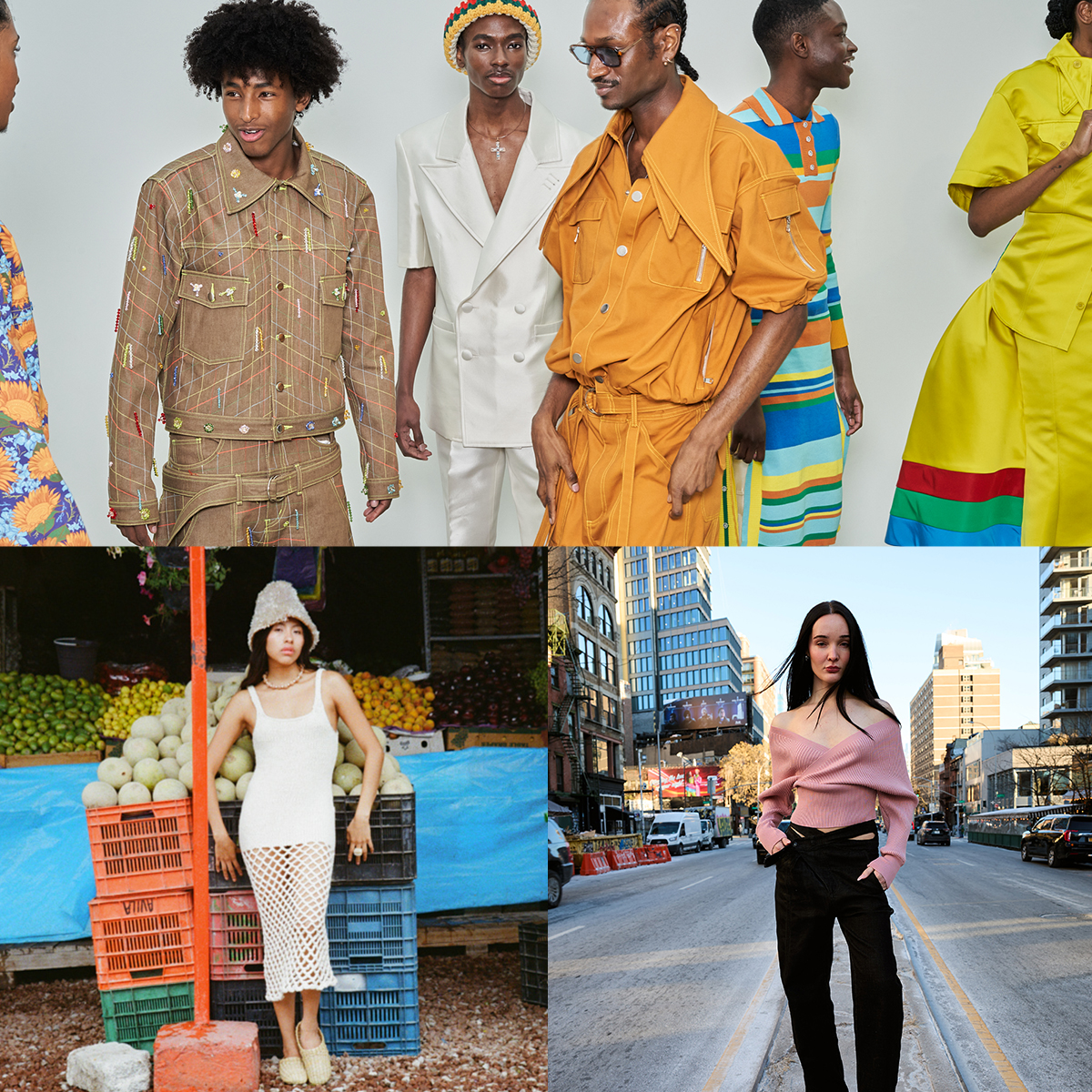 Sustainability, Community, Storytelling: The Rising Designers Defining Luxury's New Era
Sustainability, Community, Storytelling: The Rising Designers Defining Luxury's New EraNames to know.
By Anna LaPlaca
-
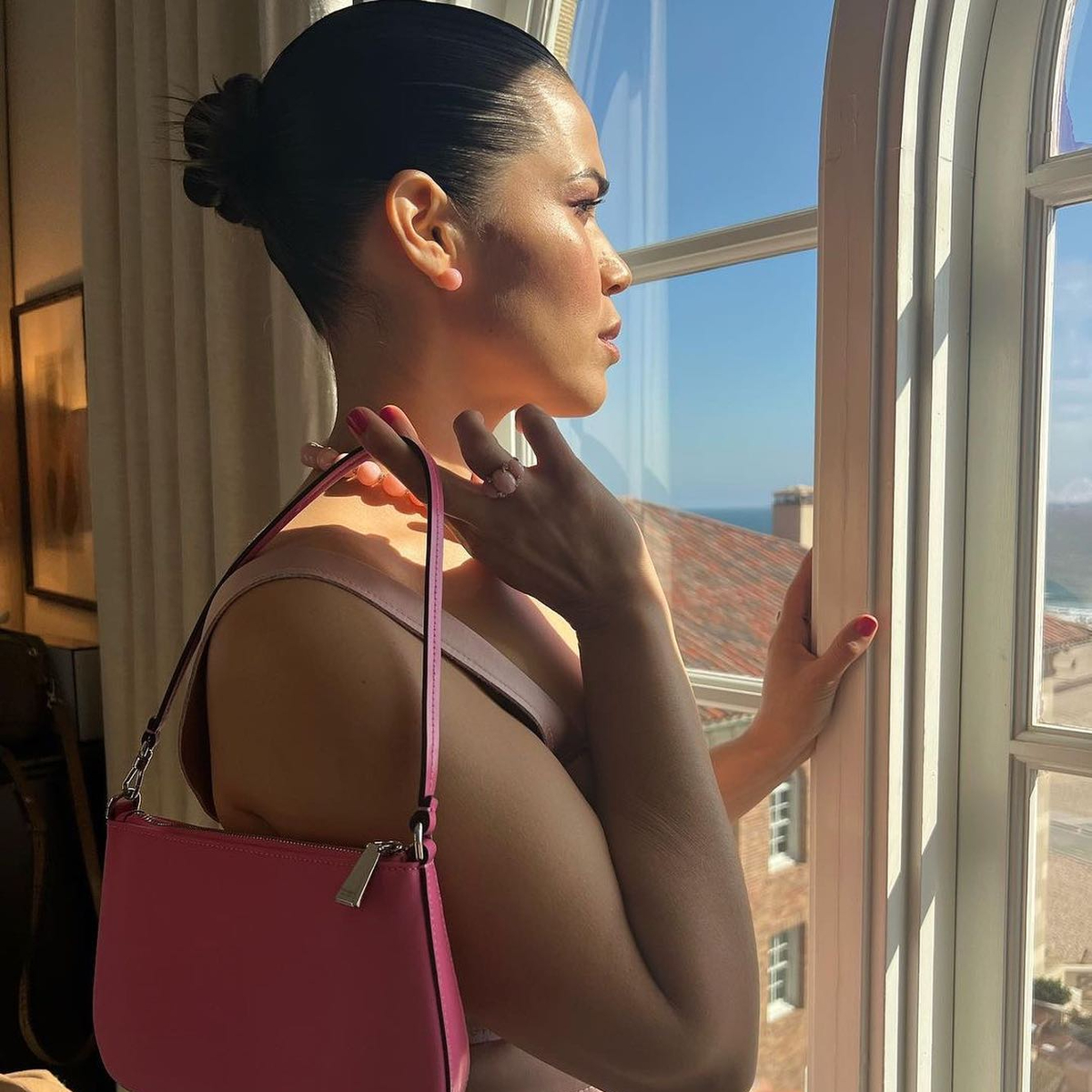 America Ferrera's Hairstylist Shares How to Re-Create Her Most Iconic Look
America Ferrera's Hairstylist Shares How to Re-Create Her Most Iconic LookAnd more on her sustainable beauty brand.
By Shawna Hudson
-
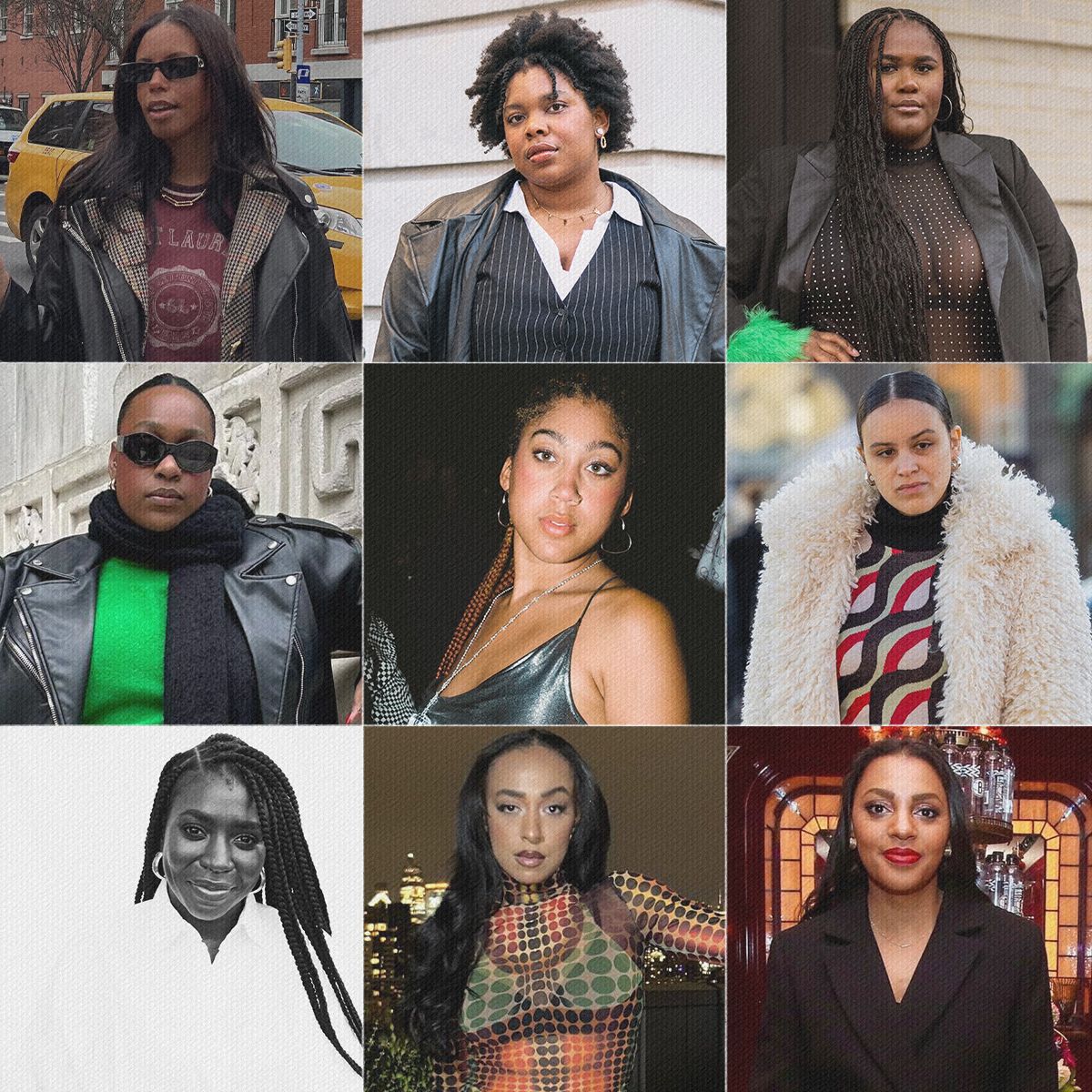 We're Black Fashion Experts—These Are the 26 Brands We're Loving Right Now
We're Black Fashion Experts—These Are the 26 Brands We're Loving Right NowNine Black fashion people spill on the labels they're excited about.
By Grace O'Connell Joshua
-
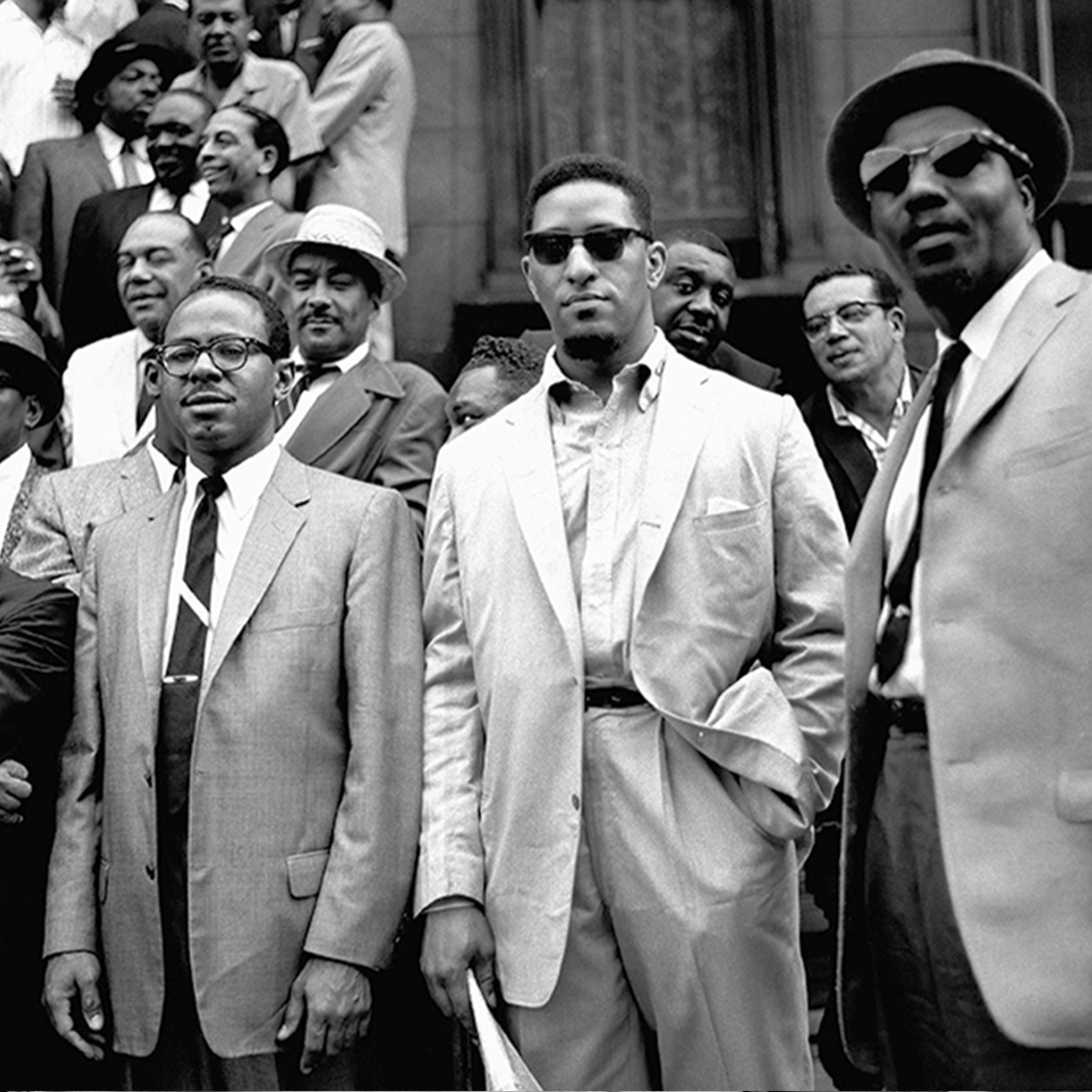 How Ivy Style Became One of the Civil Rights Movement's Most Powerful Weapons
How Ivy Style Became One of the Civil Rights Movement's Most Powerful WeaponsThere's always a deeper story.
By Eliza Huber
-
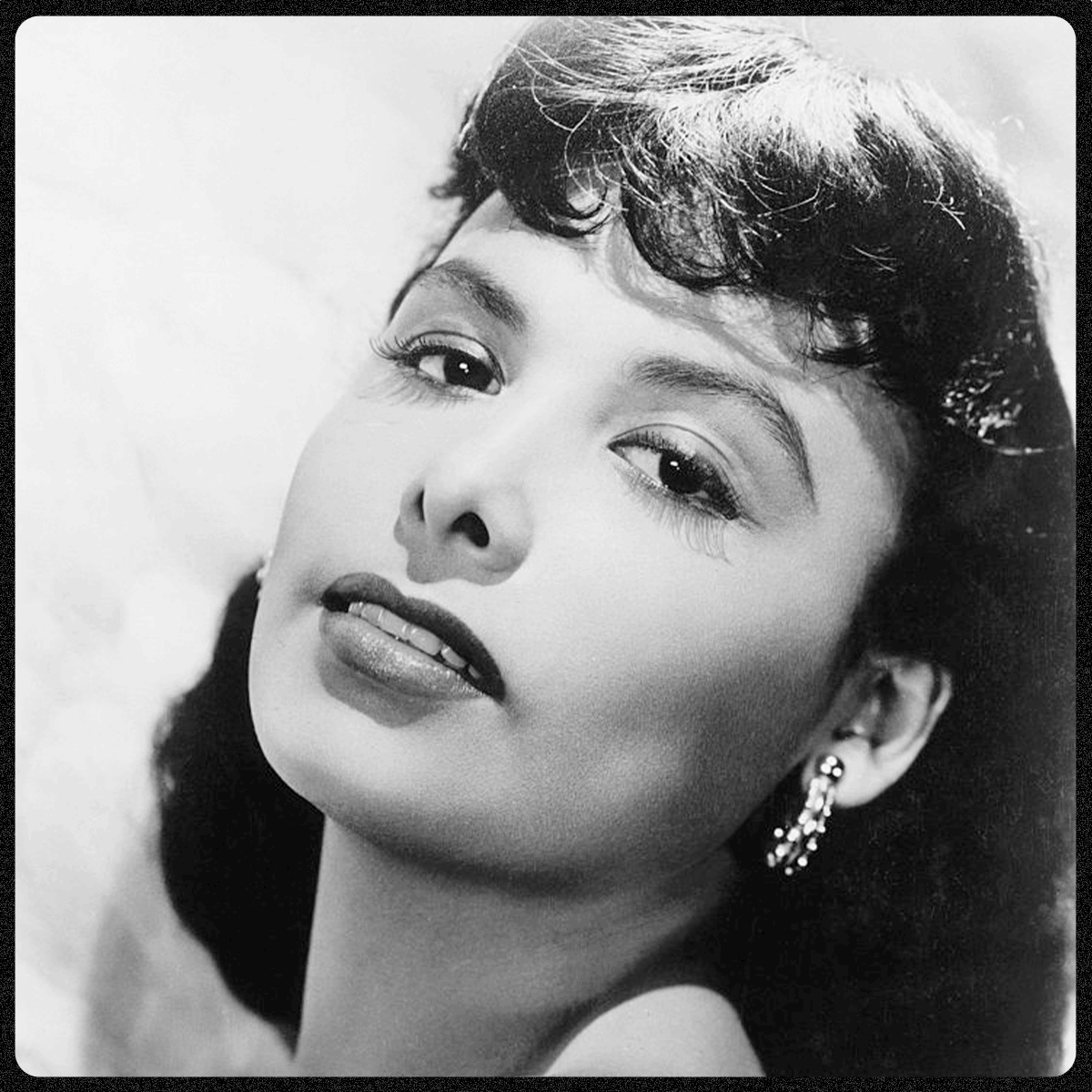 12 Examples of Black Hollywood Redefining Beauty Trends on the Silver Screen
12 Examples of Black Hollywood Redefining Beauty Trends on the Silver ScreenHollywood glam at its finest.
By Maya Thomas
-
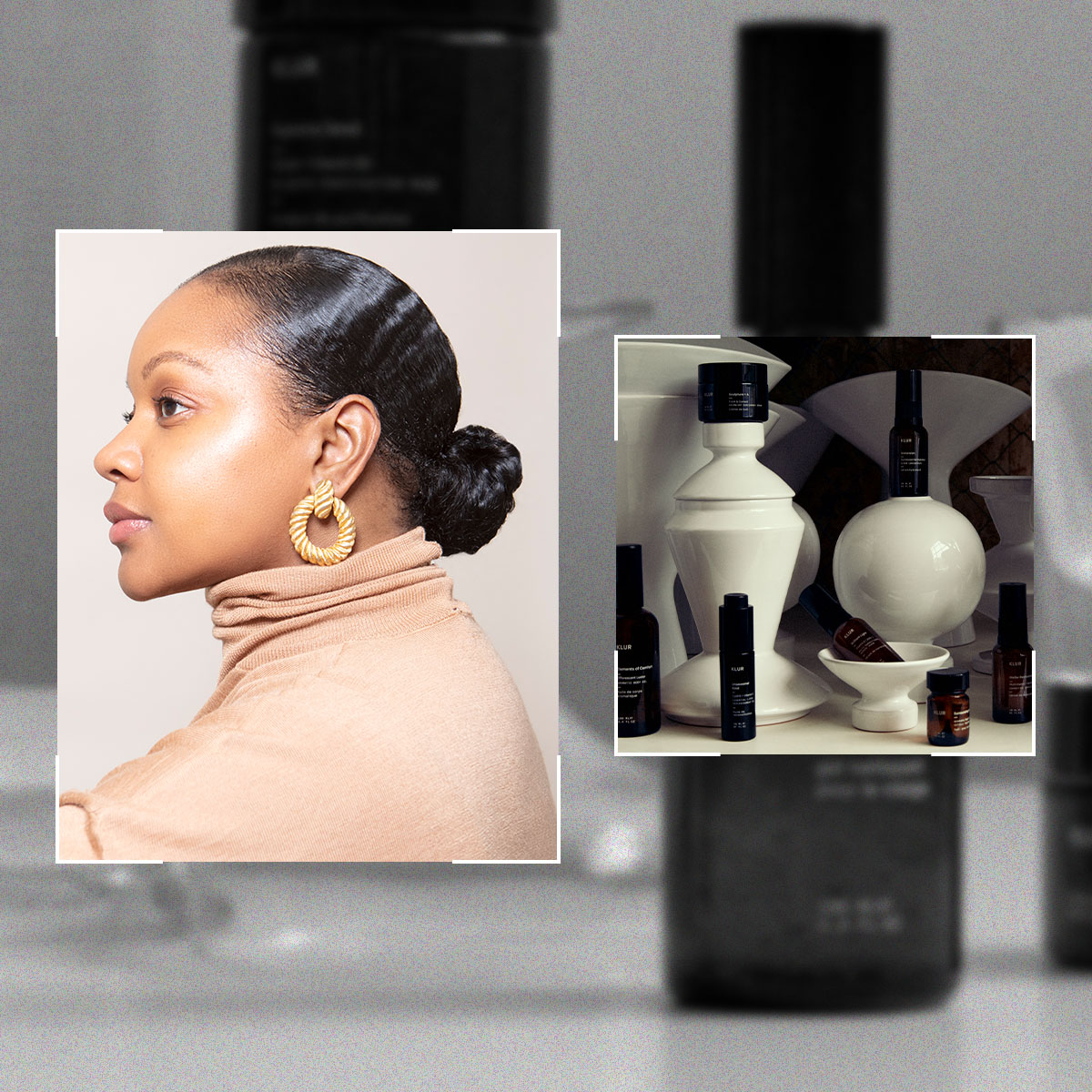 Klur Founder Lesley Thornton Puts the Needs of Black Skin First—Here's Why
Klur Founder Lesley Thornton Puts the Needs of Black Skin First—Here's WhyIt benefits all skin types.
By Shawna Hudson
-
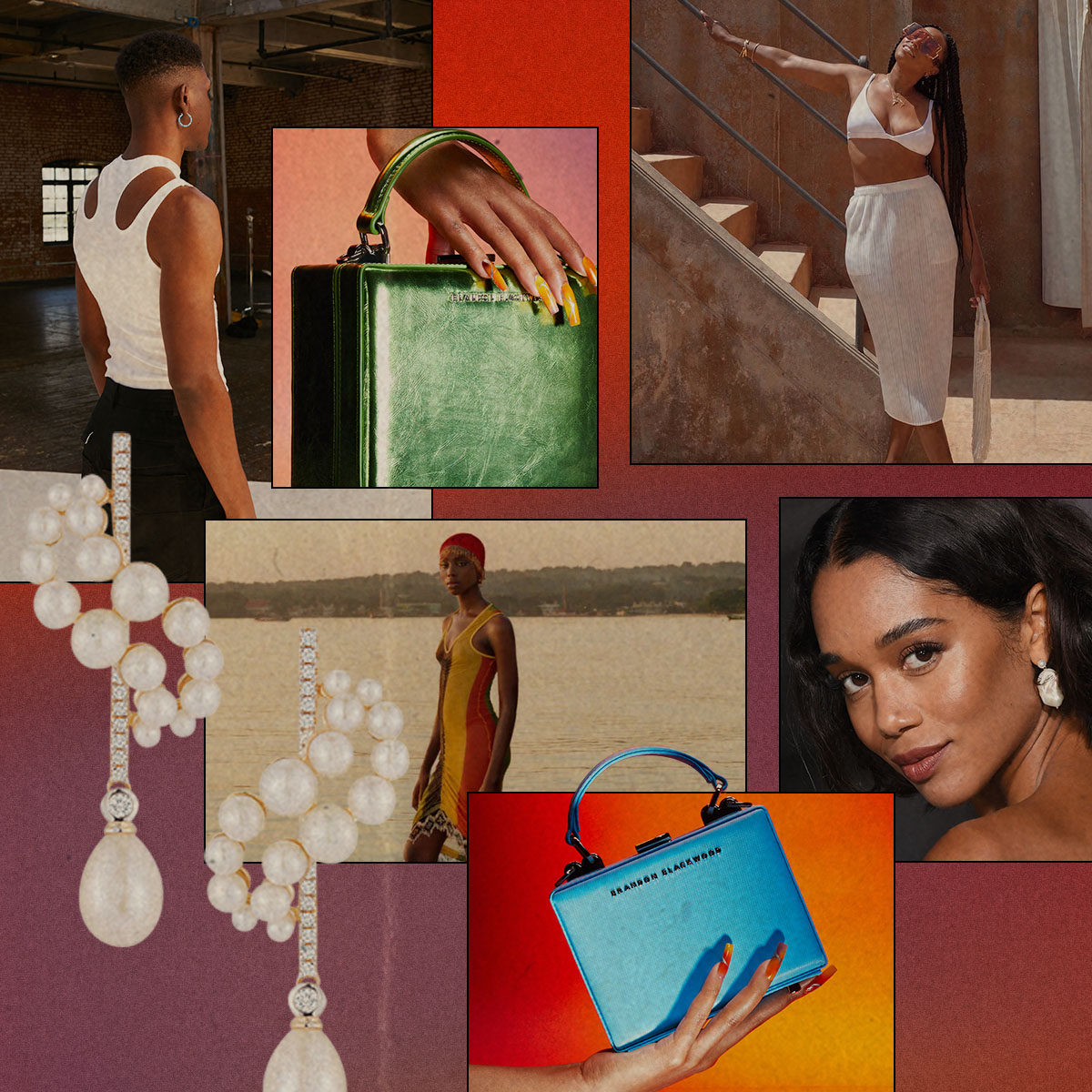 Cult Status: The It Items That Put These 5 Black-Owned Brands on the Map
Cult Status: The It Items That Put These 5 Black-Owned Brands on the MapNames to know.
By Anna LaPlaca
-
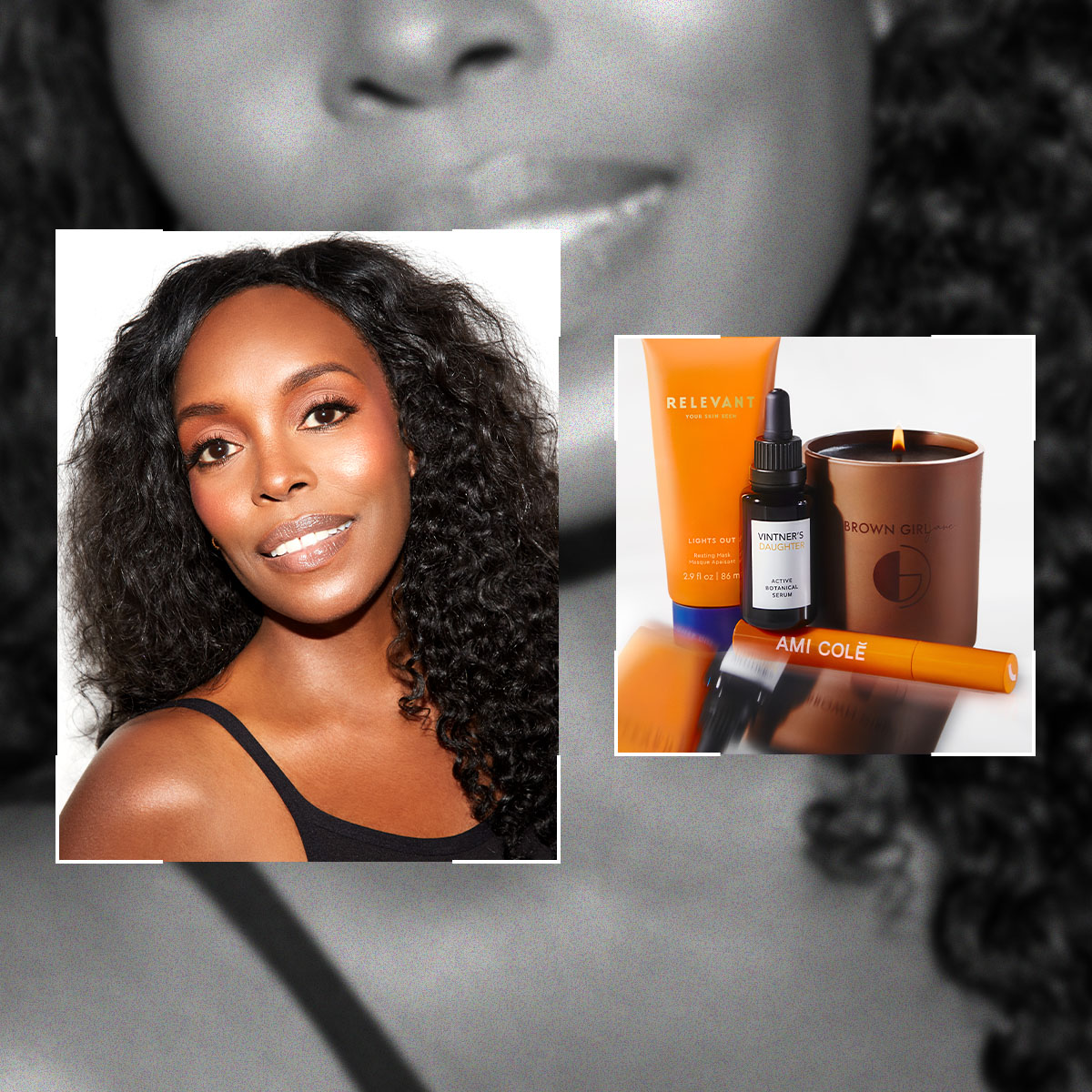 How Nyakio Grieco Is Making Sure All Skin Is Seen and Cared For
How Nyakio Grieco Is Making Sure All Skin Is Seen and Cared For"There's a lot of work to do, but we'll go do it."
By Kaitlyn McLintock
